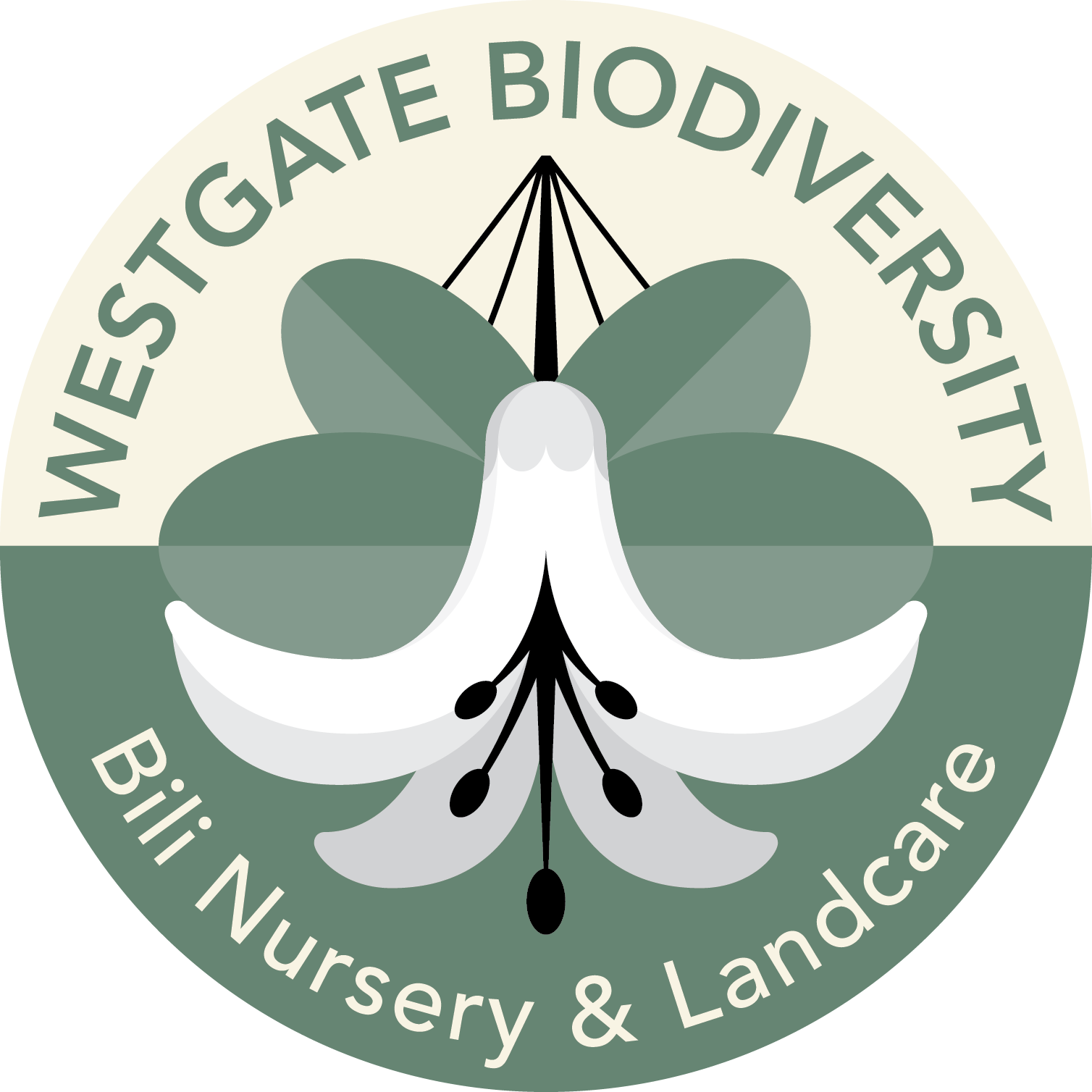Microbat monitoring is back
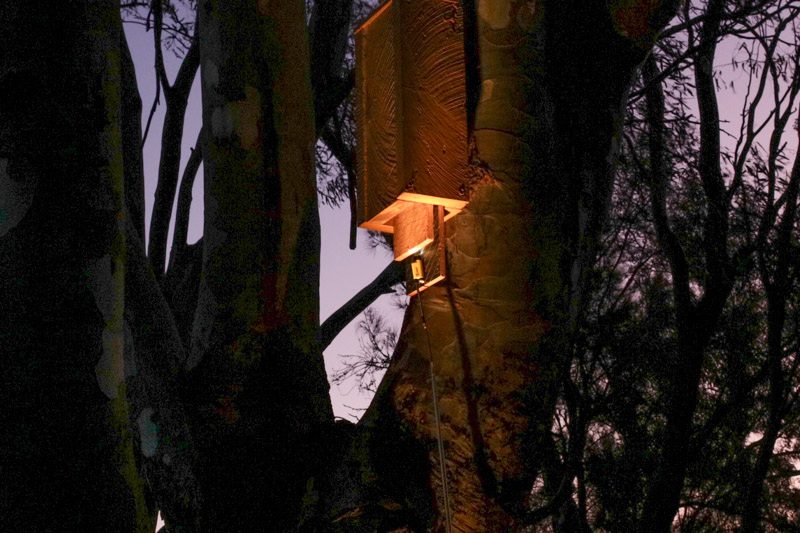
You are welcome to join us for the spring Microbats survey after a few months of no activity over winter. We meet at the Barbecue area near the toilets and the entrance to the Park on Todd Road at 5pm Sat 19th October.
If you are new to microbat monitoring, let us know you are coming here. Bring a warm jacket, torch, enclosed shoes/boots; wear mossie repellent. Snacks/drinks if required.
This time we will be meeting to check on bat boxes and at dusk hopefully to observe microbats flying out of their roosts and to record their echo-location calls as they forage for prey. Their calls are outside human hearing range so we will use echo meters to produce a spectrogram or chart which can help identify which microbats are present.
Just over a year ago Andrea and the team at Westgate Biodiversity: Bili Nursery & Landcare started our Citizen Science Microbat project by initiating a “Hollows for Habitat” programme of bat boxes and birds at Westgate Park to aid microbats and birds to find a roost or safe place to breed in the absence of hollows which would normally be found in old trees (often 100 years old or more).
Here’s what the Gould’s Wattled Bat echo-locating call looks like on a spectogram:
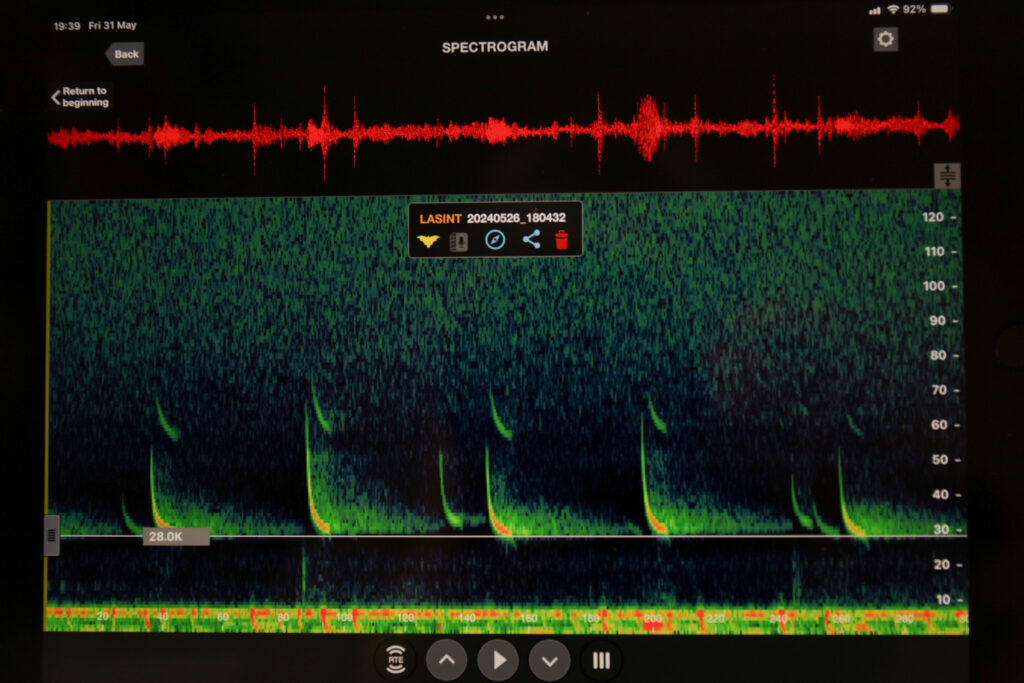
Here’s a recap of our activity and a refresher for those of you who haven’t been before:
Here is the Manual for the project we have at Westgate Park. Here is the map of the box sites.
Our last survey was June 23 and our single male Gould’s Wattled bat was still in residence.
We’re hoping to find a brooding box or additional microbats using the boxes this year.
Echolocators have so far only picked up Gould’s Wattled bats with any certainty, with plenty of microbat bat sightings over the freshwater lake at dusk so we’re hoping to expand on that this summer.
7 Oct bird survey

Continuing moderate rains have maintained water levels in both major lakes. On this overcast and windy day, overall numbers were exceptional, with some rarities encountered. Several species appeared to be breeding. There is quite a lot of recent algal growth in the freshwater lake.
A high number of species that are only occasionally seen have been recorded on today’s survey, the most notable being a Blue-winged Parrot, White-winged Triller, Red-necked Stint and a pair of Pied Oystercatchers along the Yarra River. Sightings by our photographer Ursula and those recorded on eBird for September are no less impressive. They include a Pink-eared Duck, 20 Yellow-tailed Black Cockatoos, White-necked Heron and Intermediate Egret in breeding plumage.
9 Sept bird survey

Recent moderate rains have raised water levels in both major lakes. The Powerful Owl recorded in August remained in the park a few more days, but has not been observed since 12 August. On this overcast and windy day, overall bird numbers and diversity was still substantial. Several species appeared to be preparing to breed.
One concern: few Willie Wagtails have been seen during the last surveys. With demolition operations next door at the former HWT Plant, Noisy Miners may be being forced into the park.
5 August bird survey

As can be seen in today’s results, the survey was very rewarding. After several dry months, there has been reasonable rainfall over the last few weeks. Unusual sightings today were four very elusive Brown Quail, Little Grassbirds calling on the edge of the Large Freshwater Lake, at least three Tree Martins in flight in the vicinity of the windmill and a male Powerful Owl roosting in a blackwood a short distance north of the dam.
The Powerful Owl was our bird of the day, with the four Brown Quail as runners-up for second. This is only the second known record of a Powerful Owl visiting the park since our regular surveys began in 2007. The previous record was on 12 and 13 May 2021. Single Powerful Owls occasionally visit parks in inner Melbourne in the winter months for short periods to no doubt feed on the plentiful numbers of possums before moving on to their typical forest habitats. The owl that visited Westgate Park in 2021 was seen with a Ringtail Possum.
After several months we can presume that Red-browed Finches are gradually strengthening their numbers almost to the point of becoming residents in the park. They are now frequently seen in small groups of up to ten birds. Also pleasing were the sightings of three Spiny-cheeked Honeyeaters, a species that regularly overwinters in the park.
Coast Banksia plants
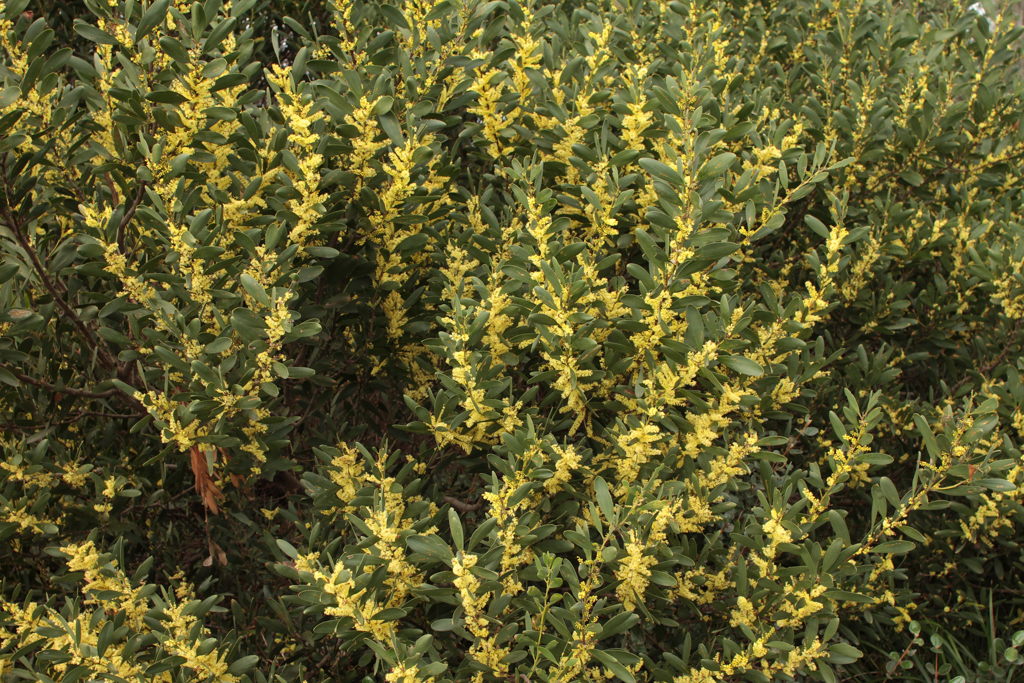
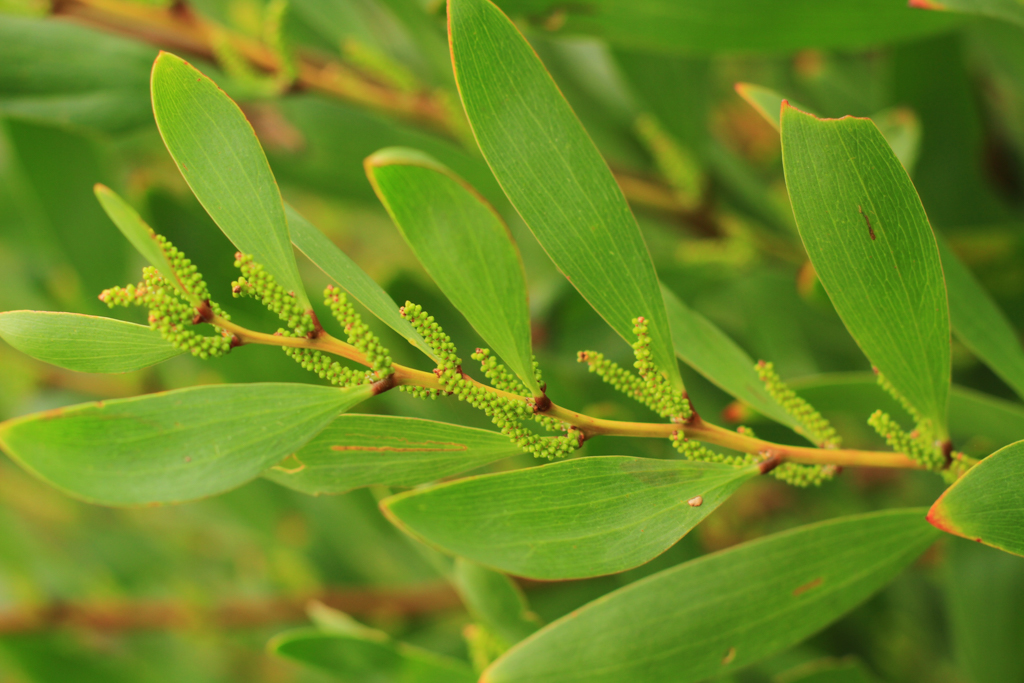
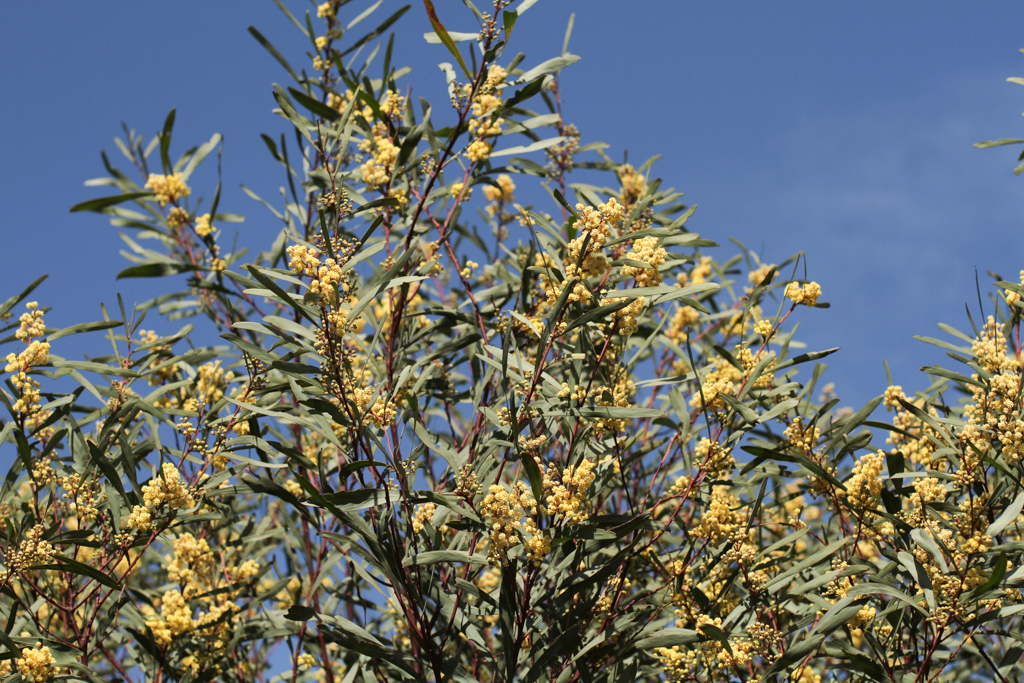
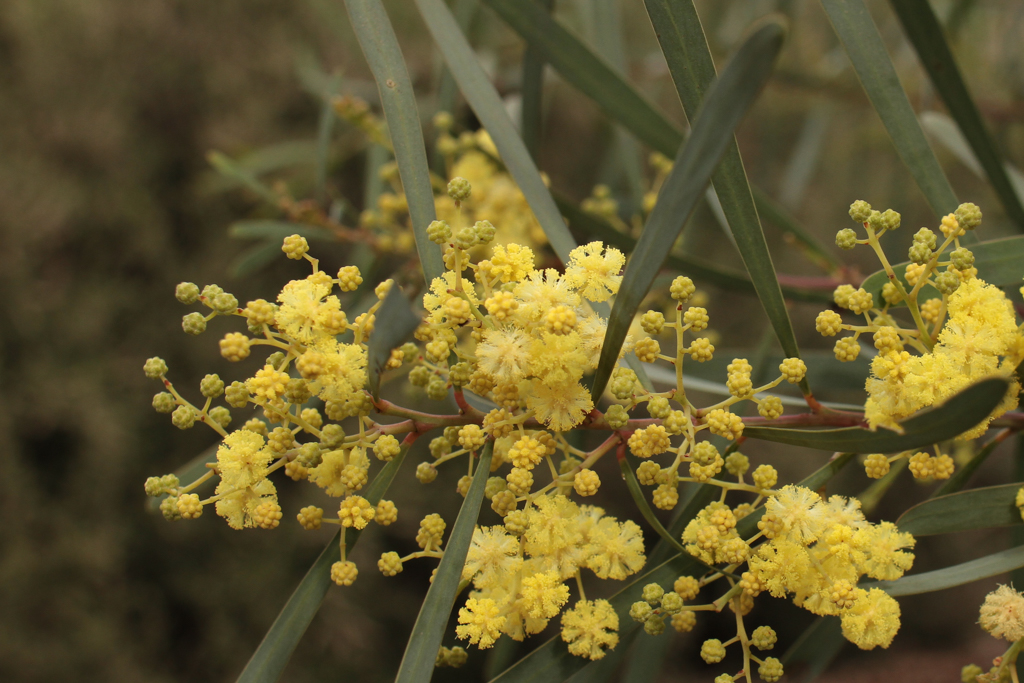

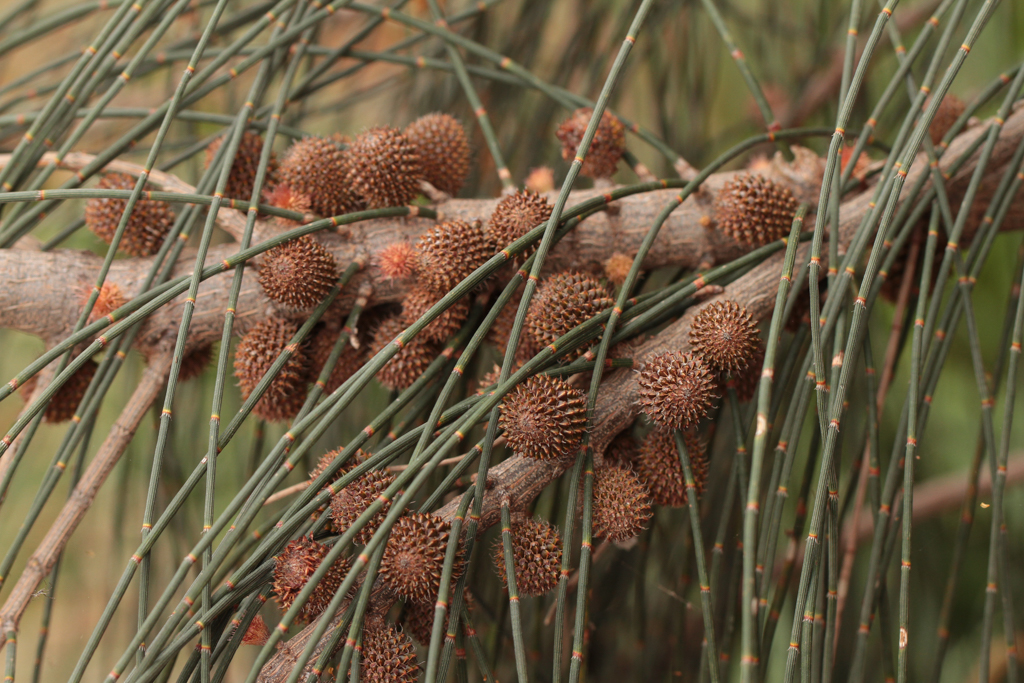
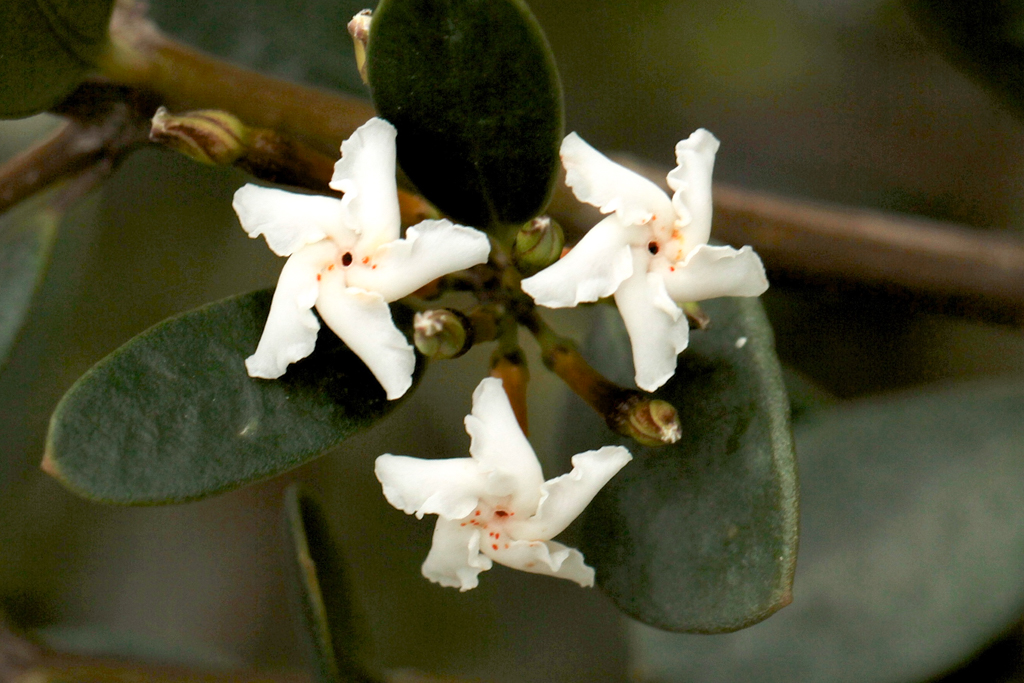
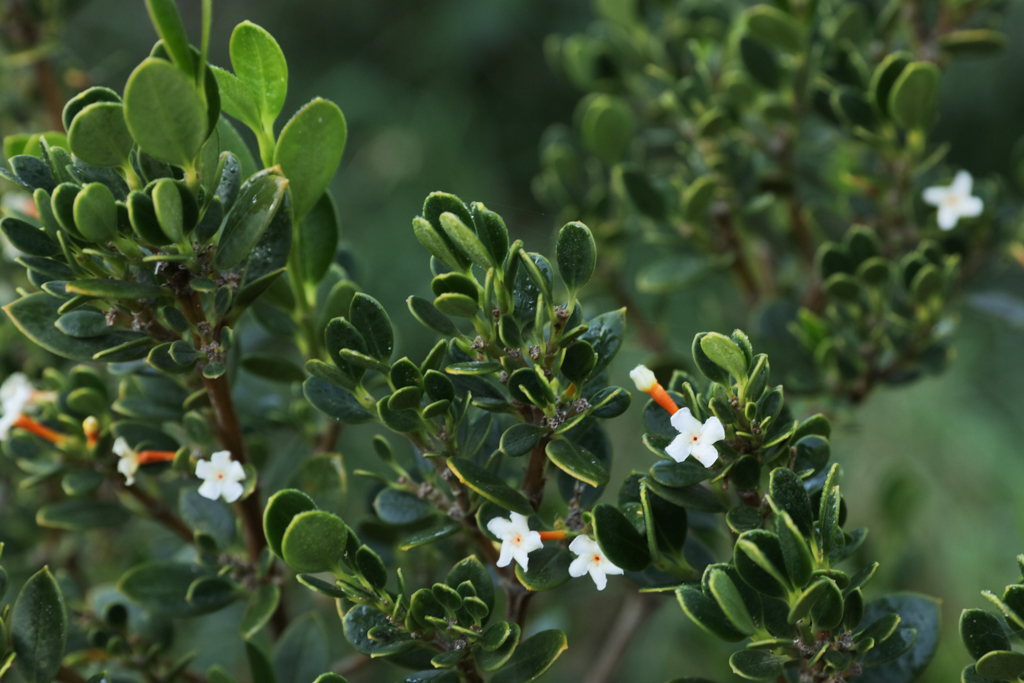
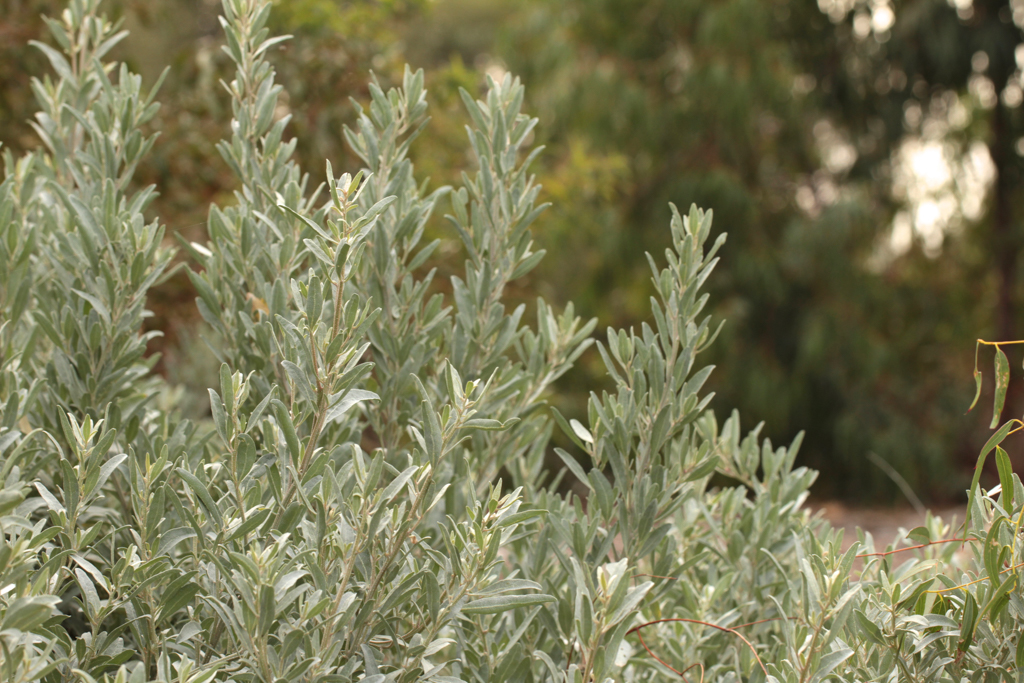
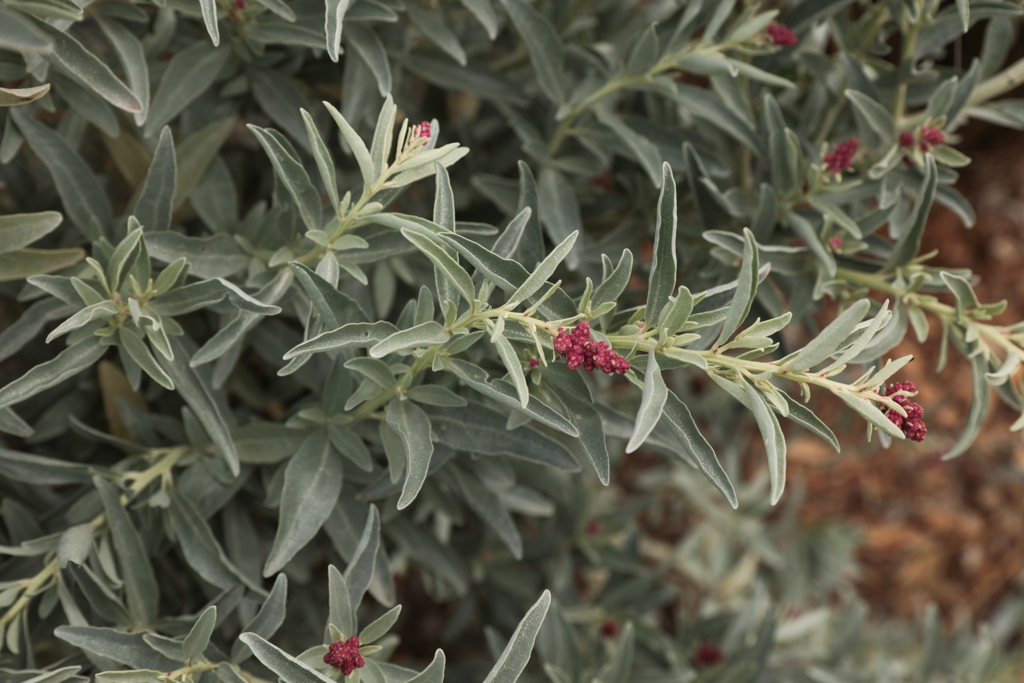
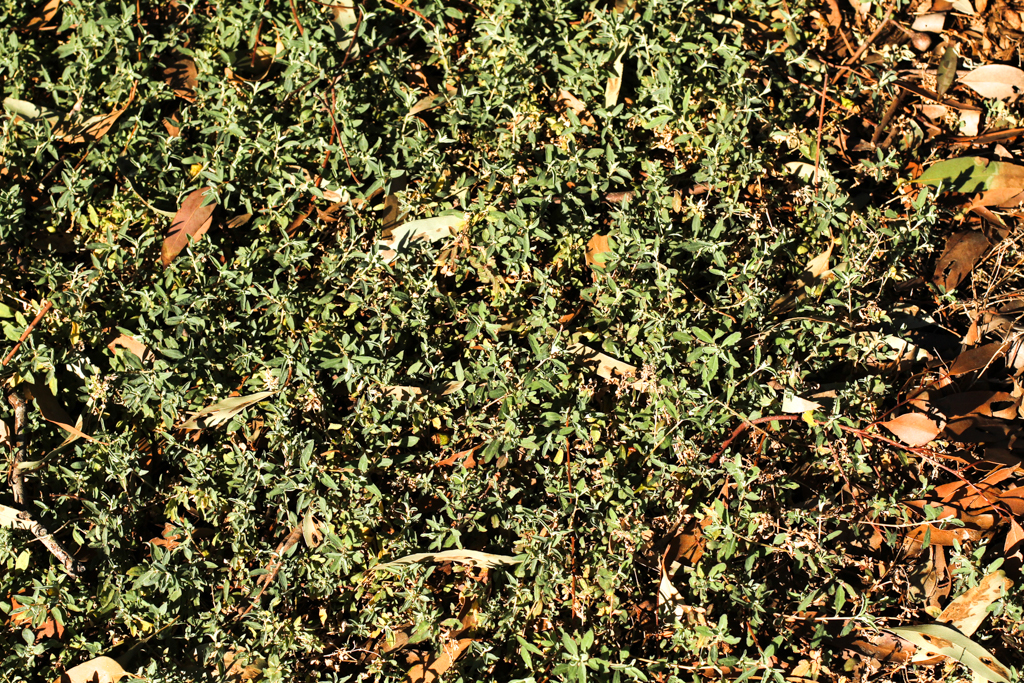
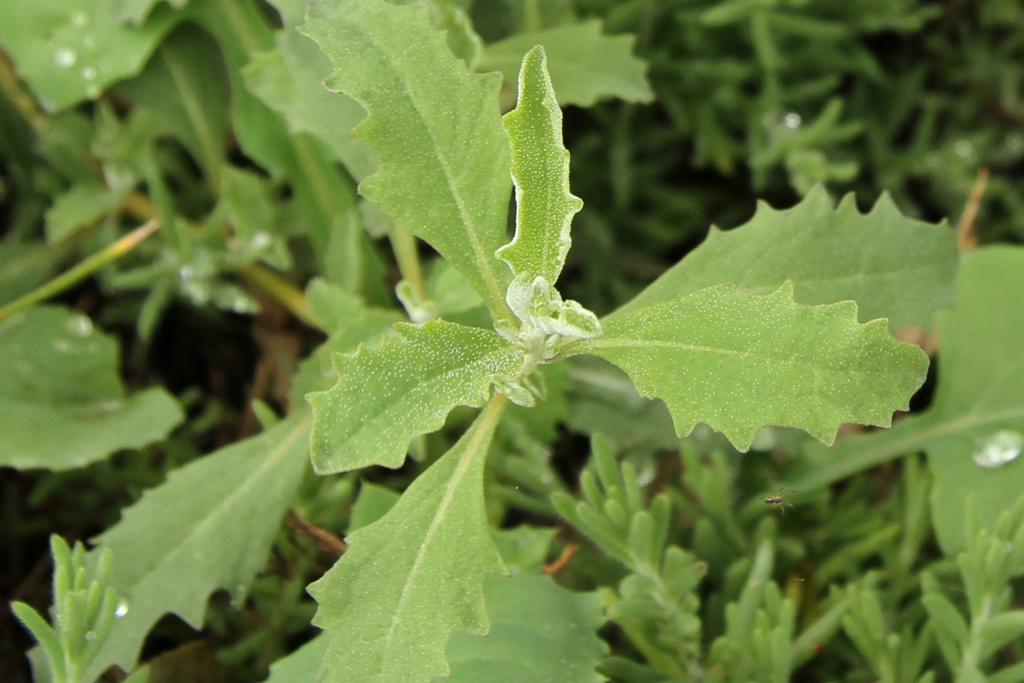
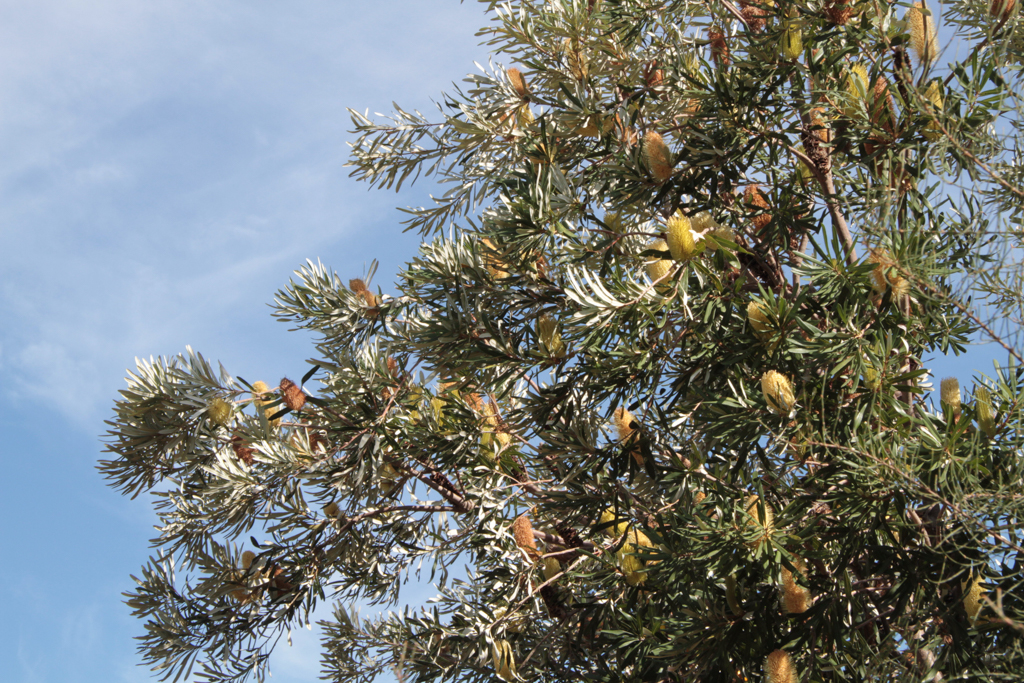
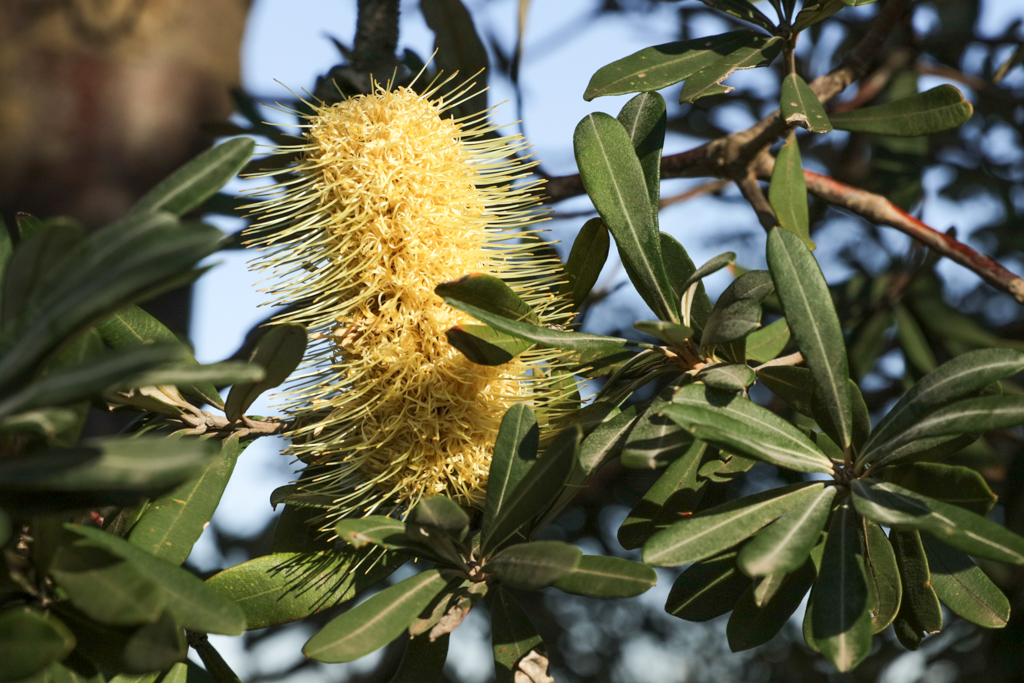
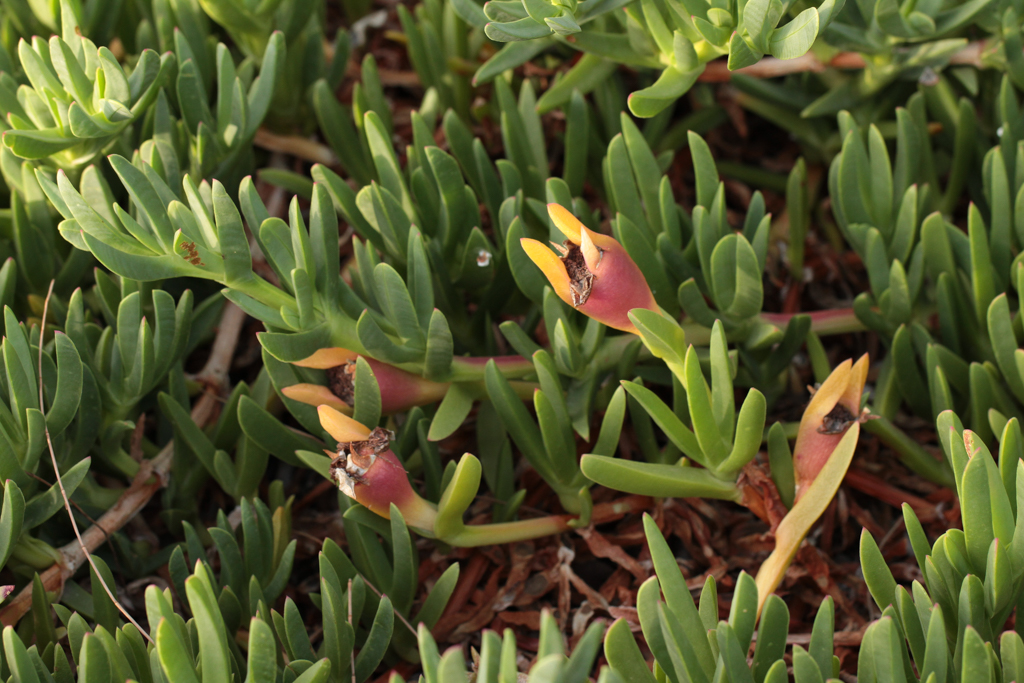
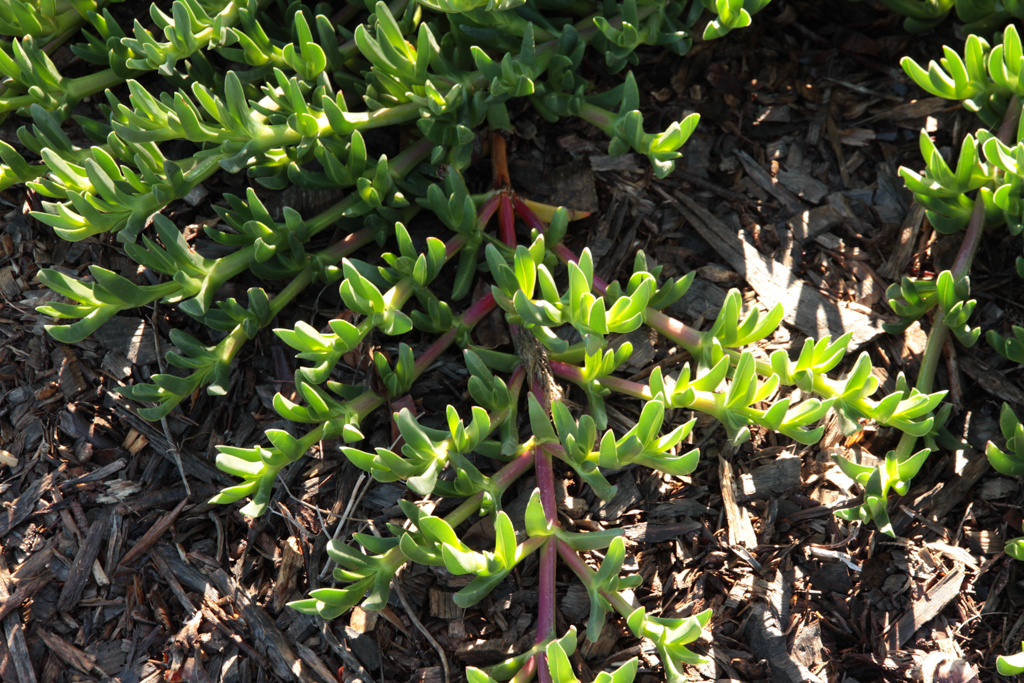
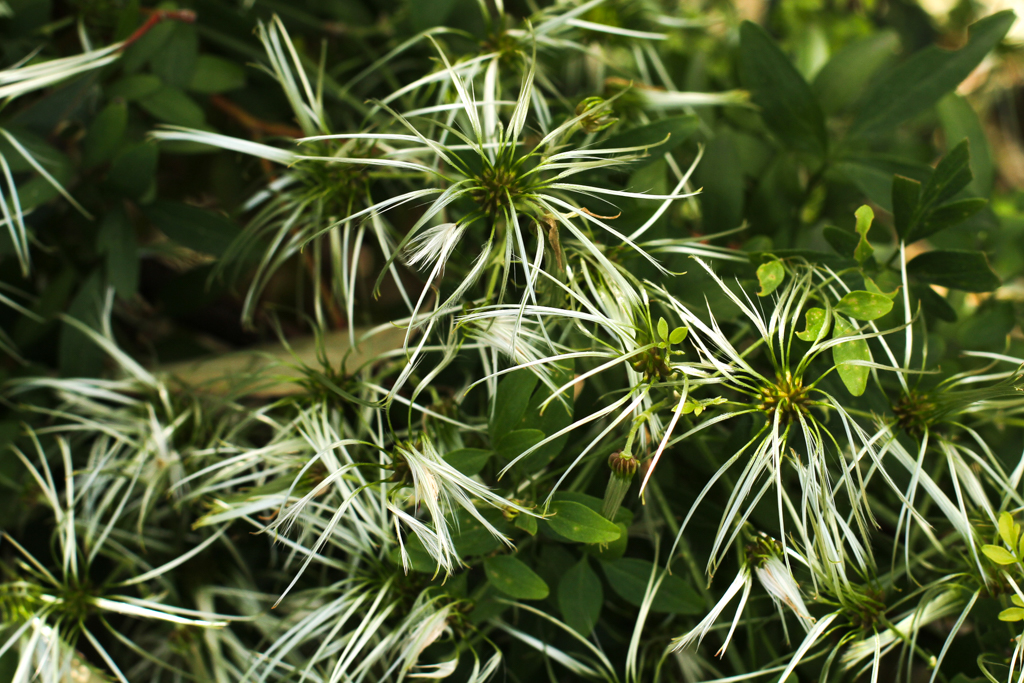
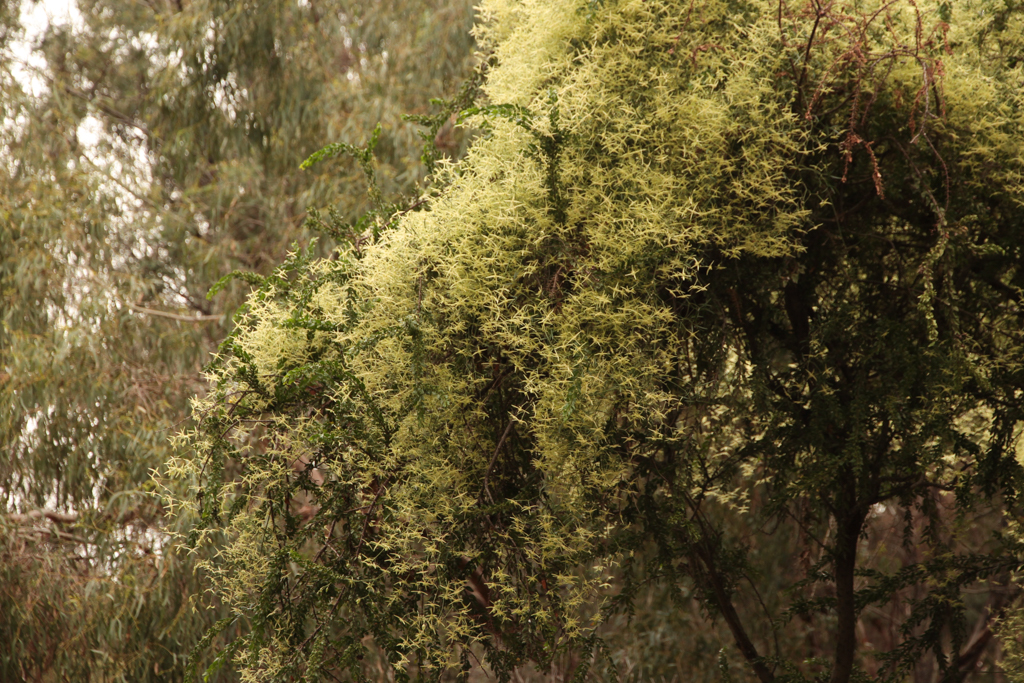
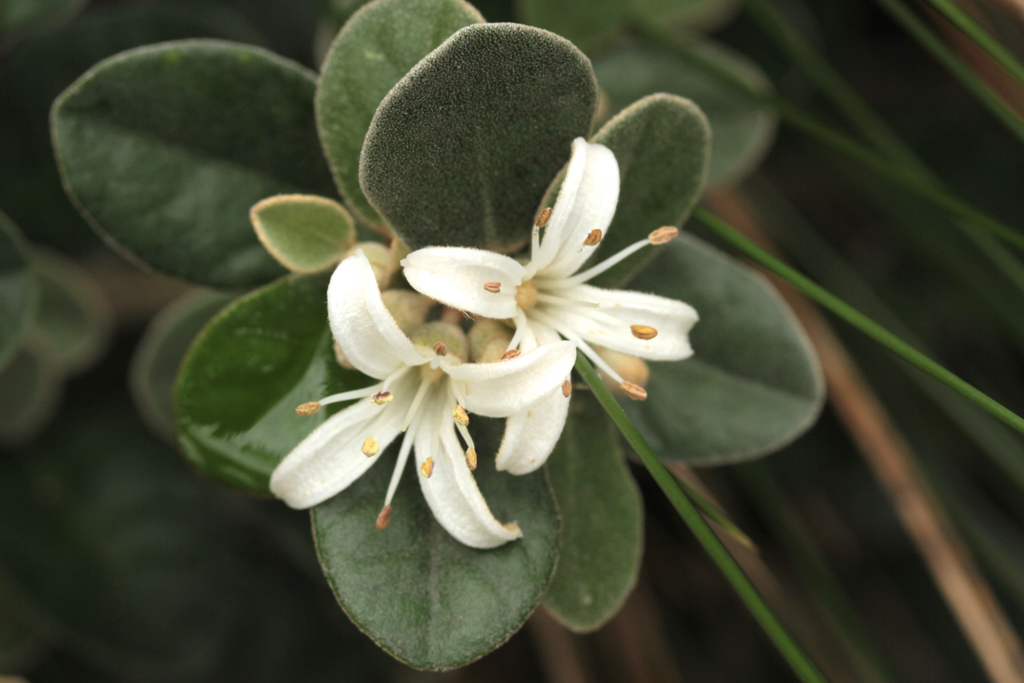
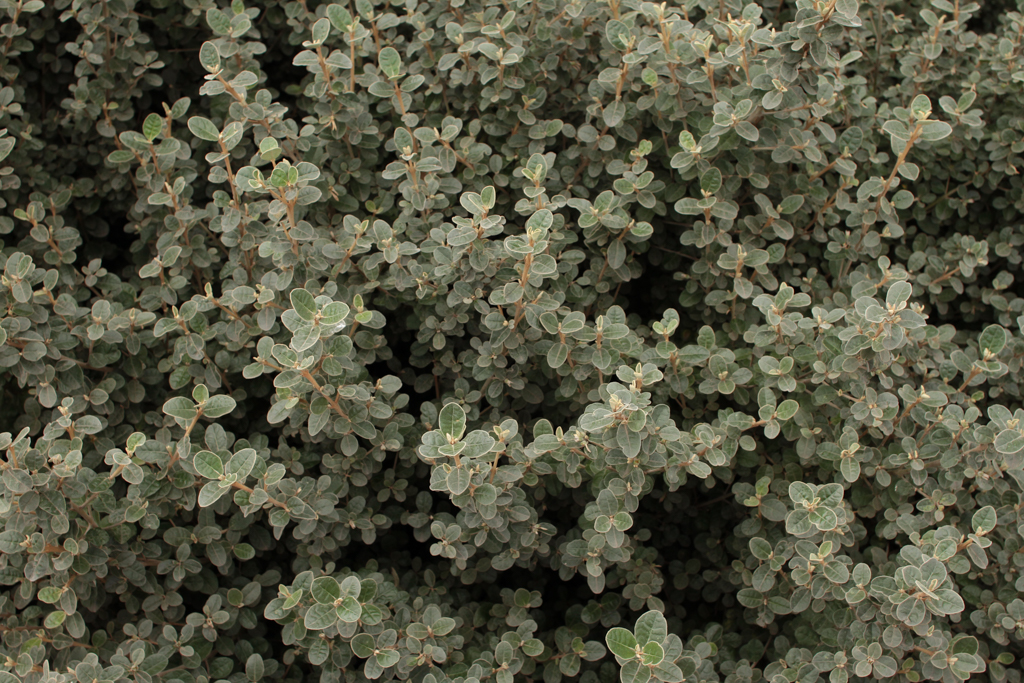
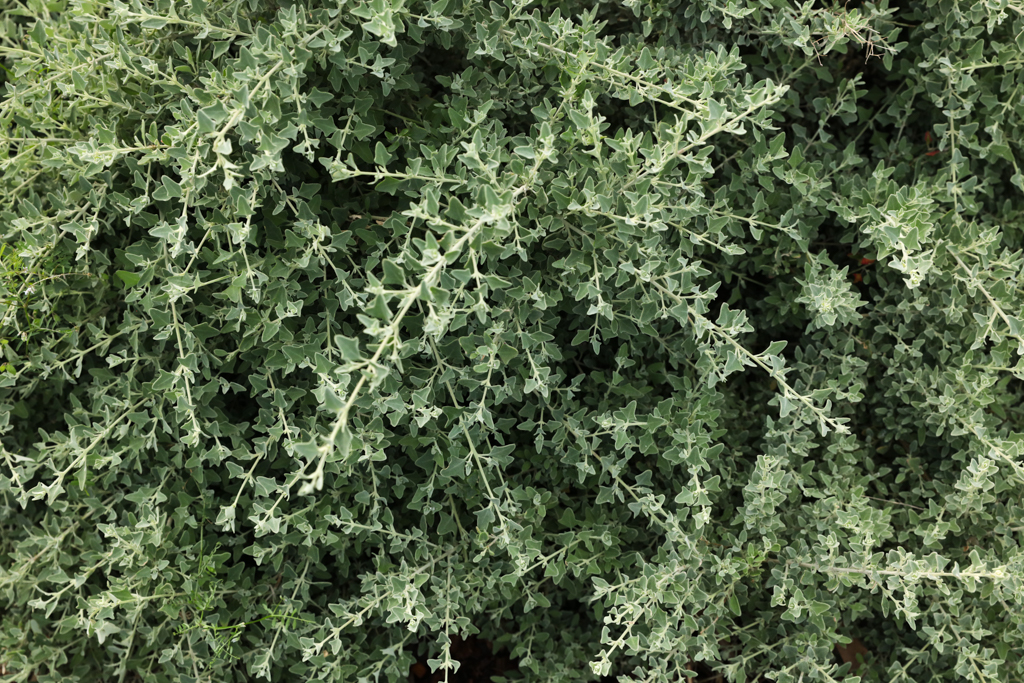
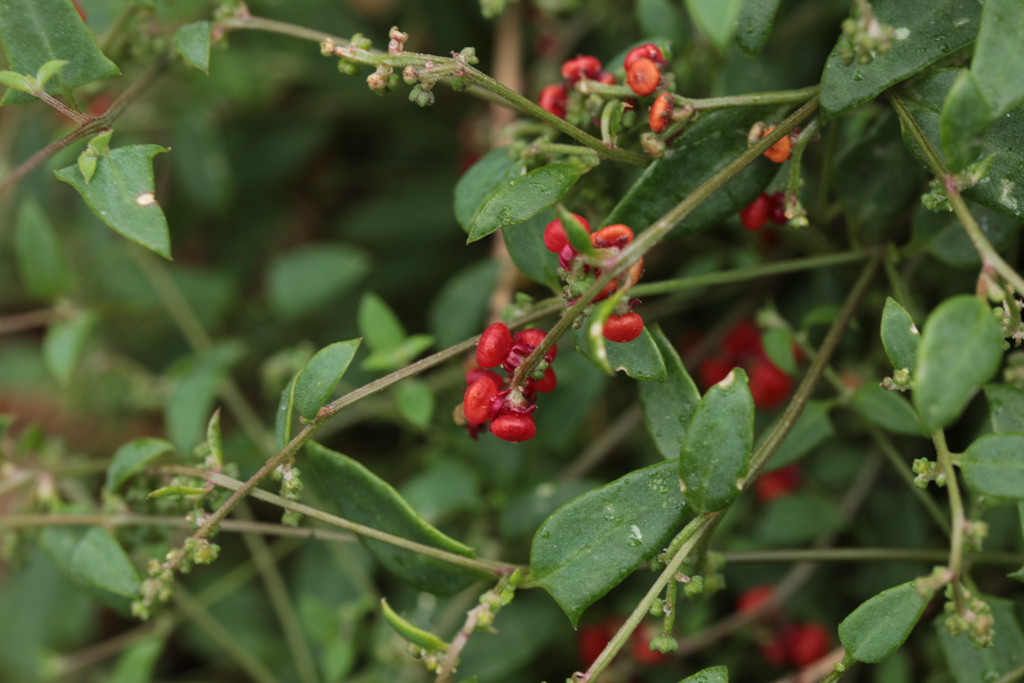
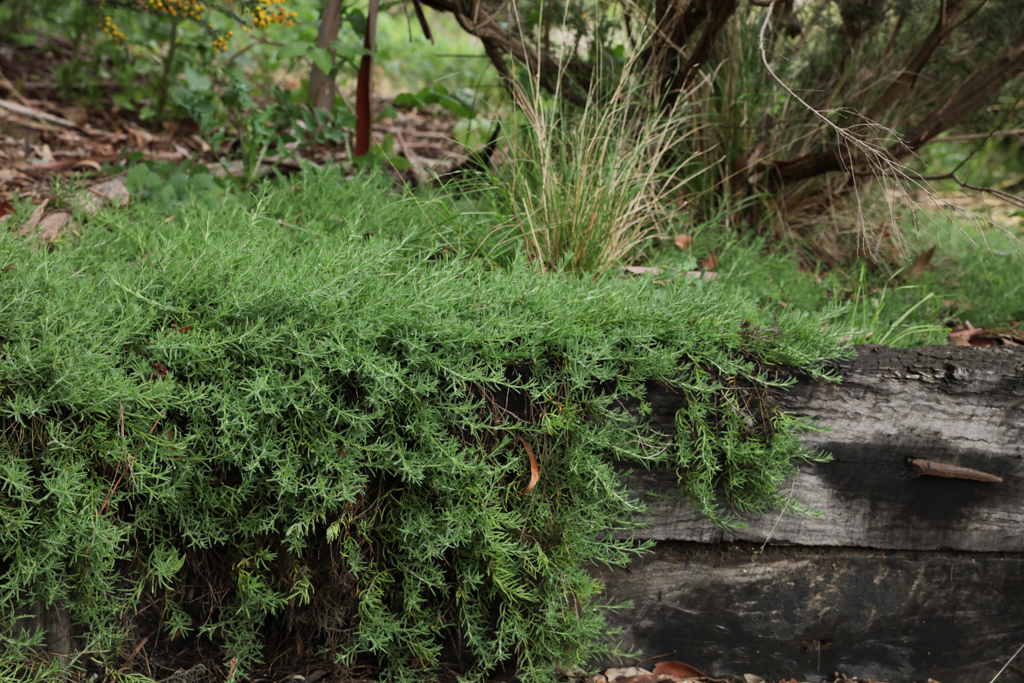
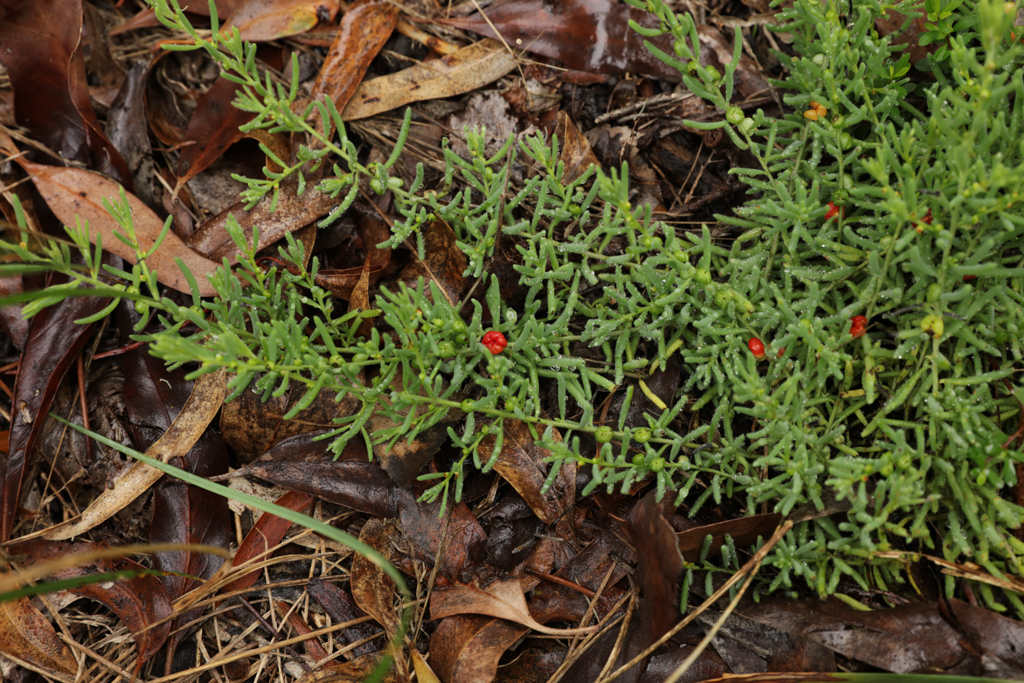
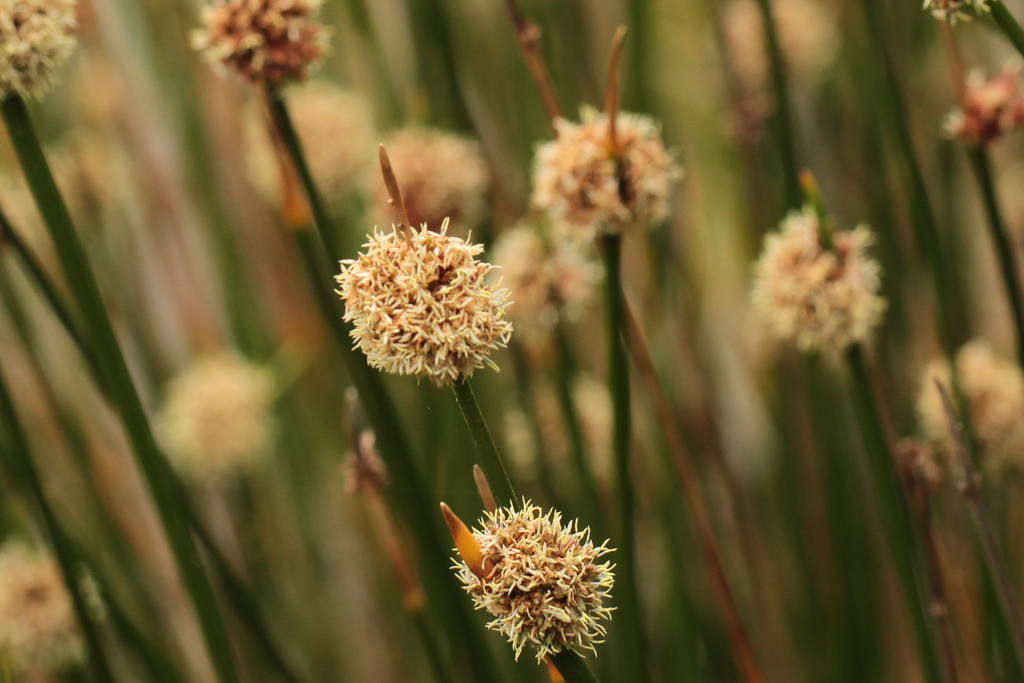
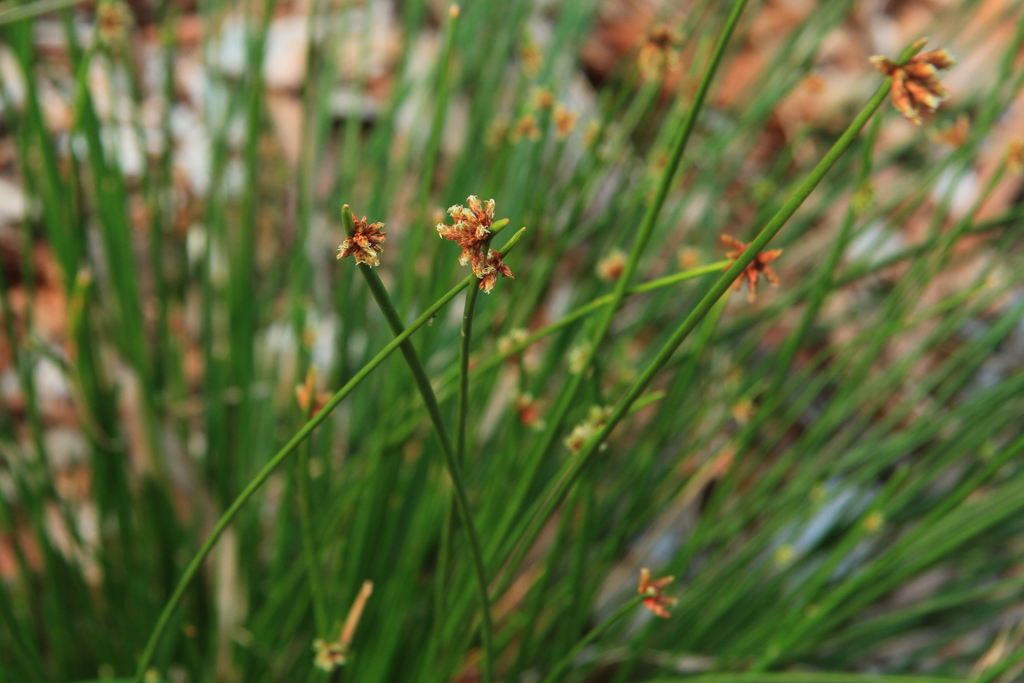
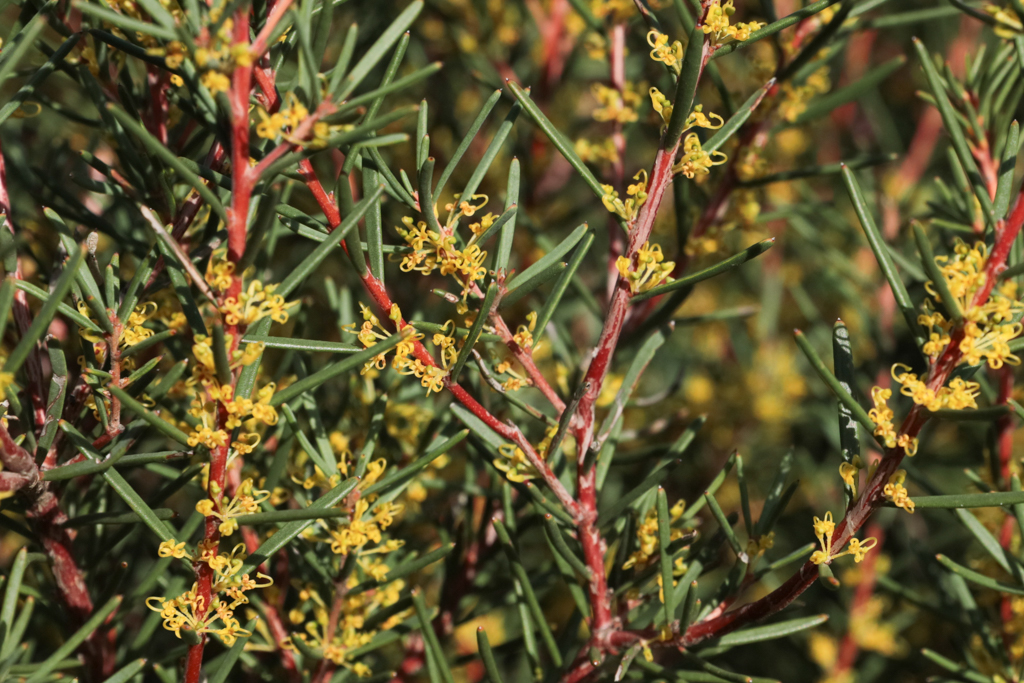
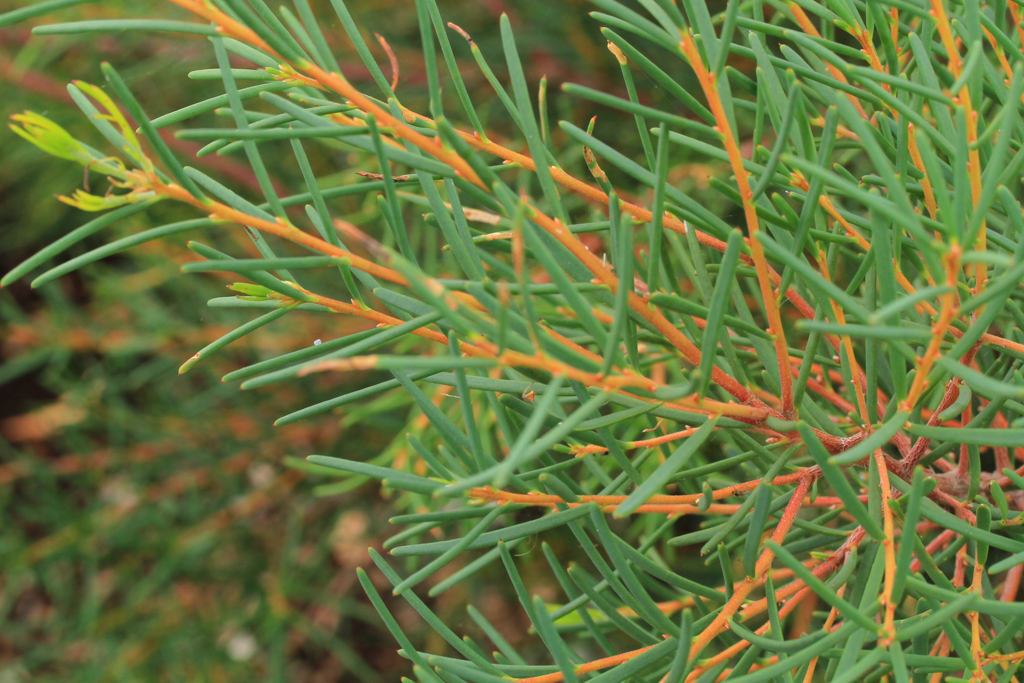
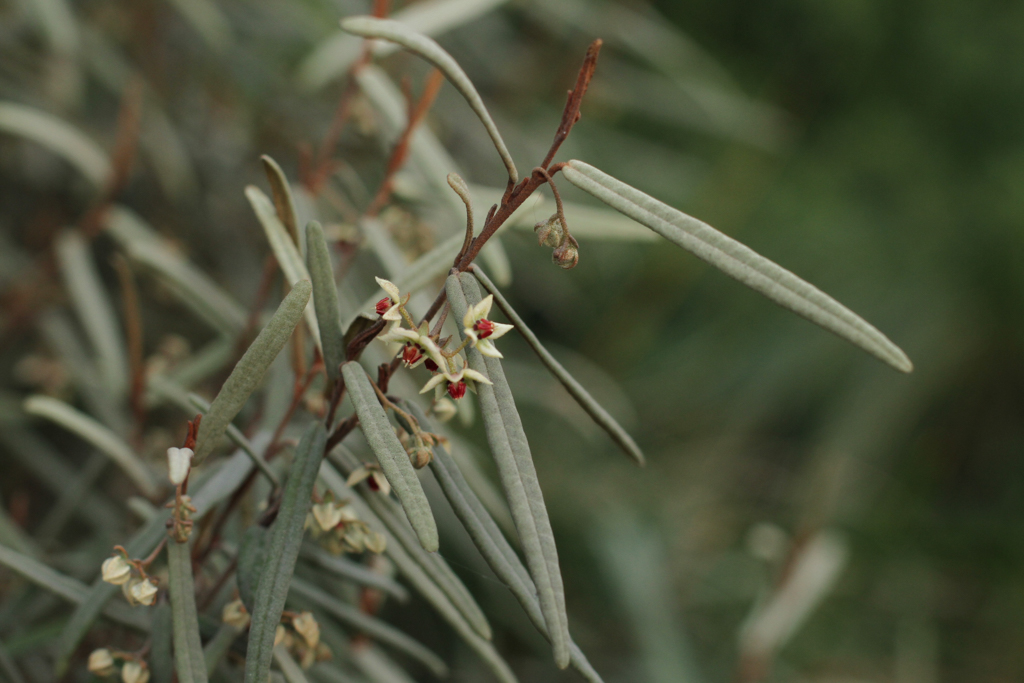
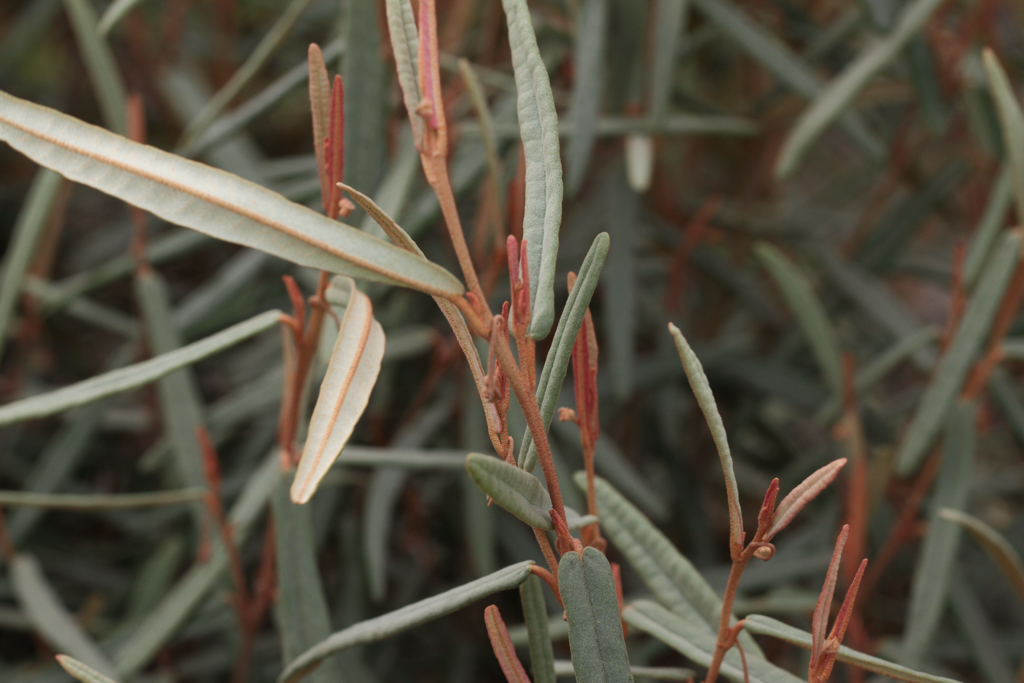
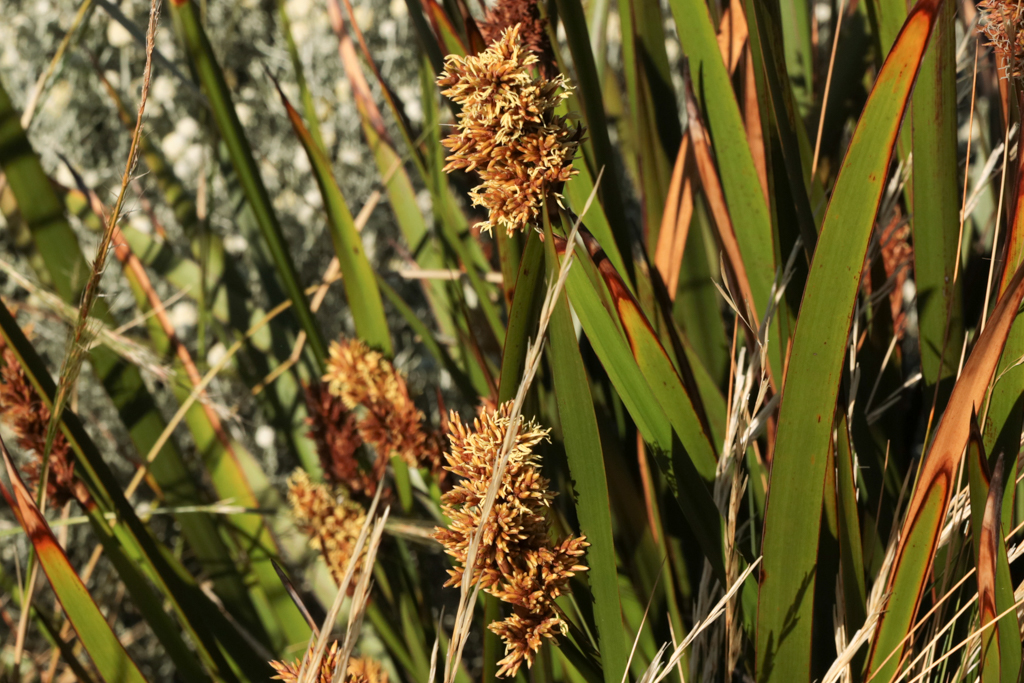
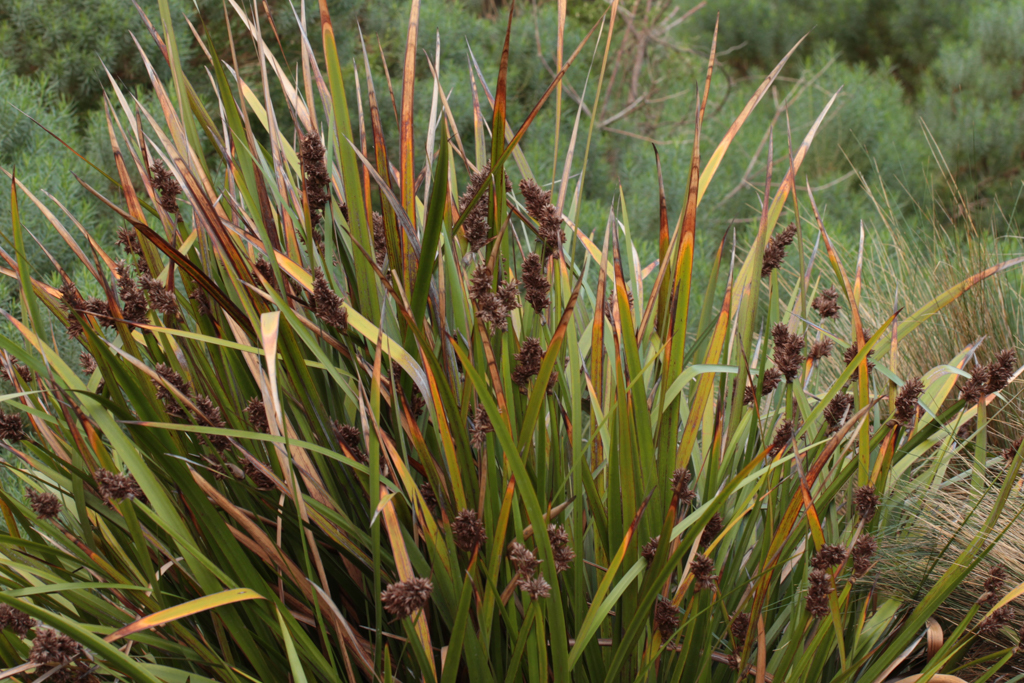
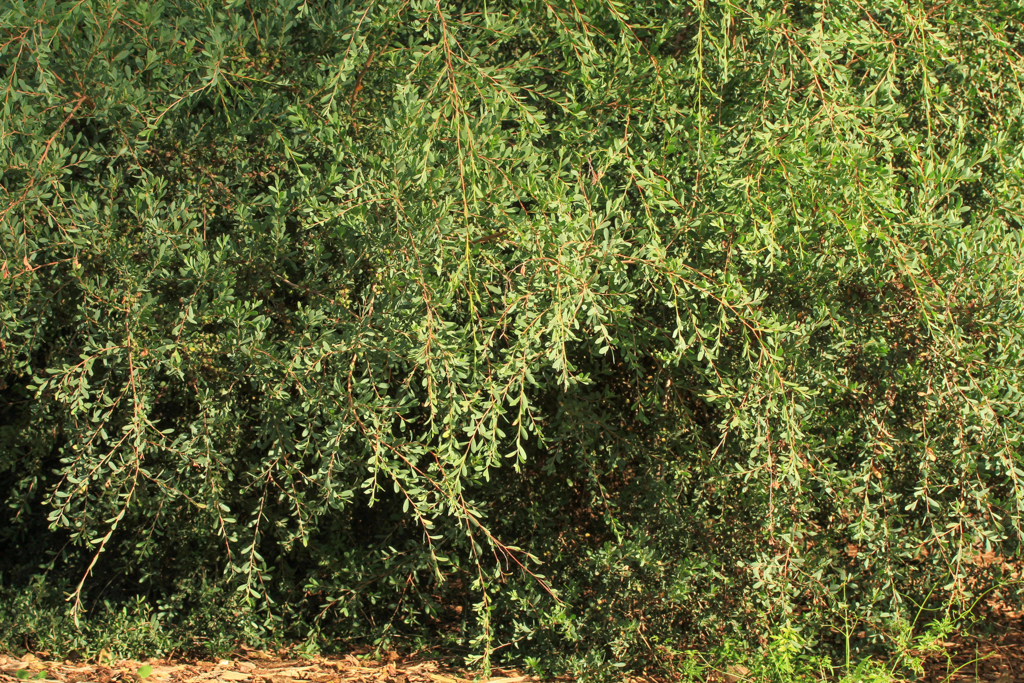
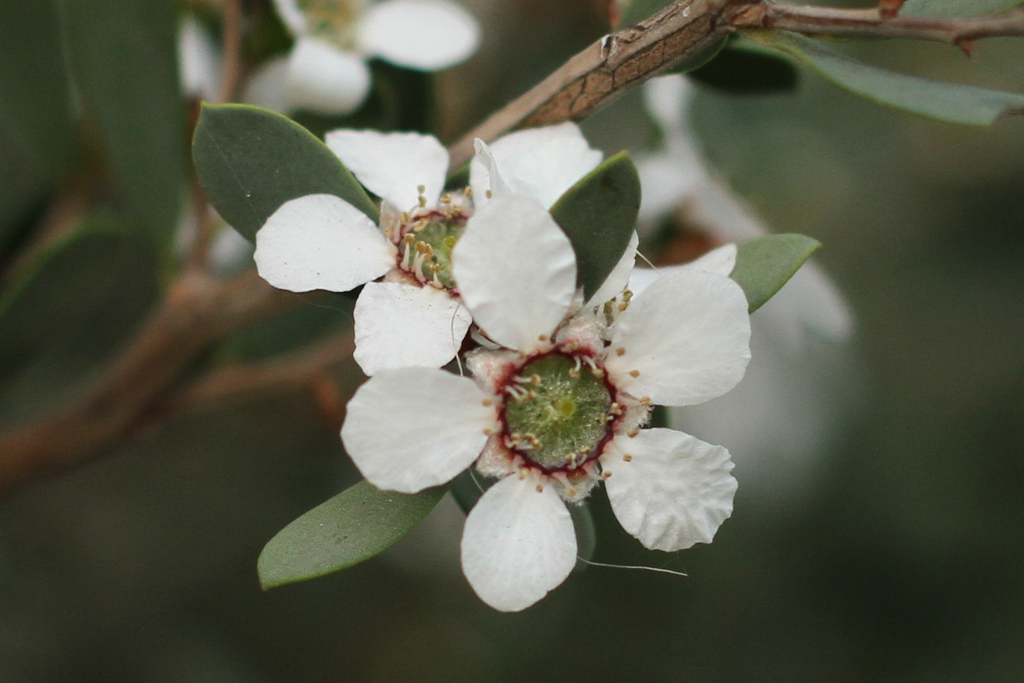
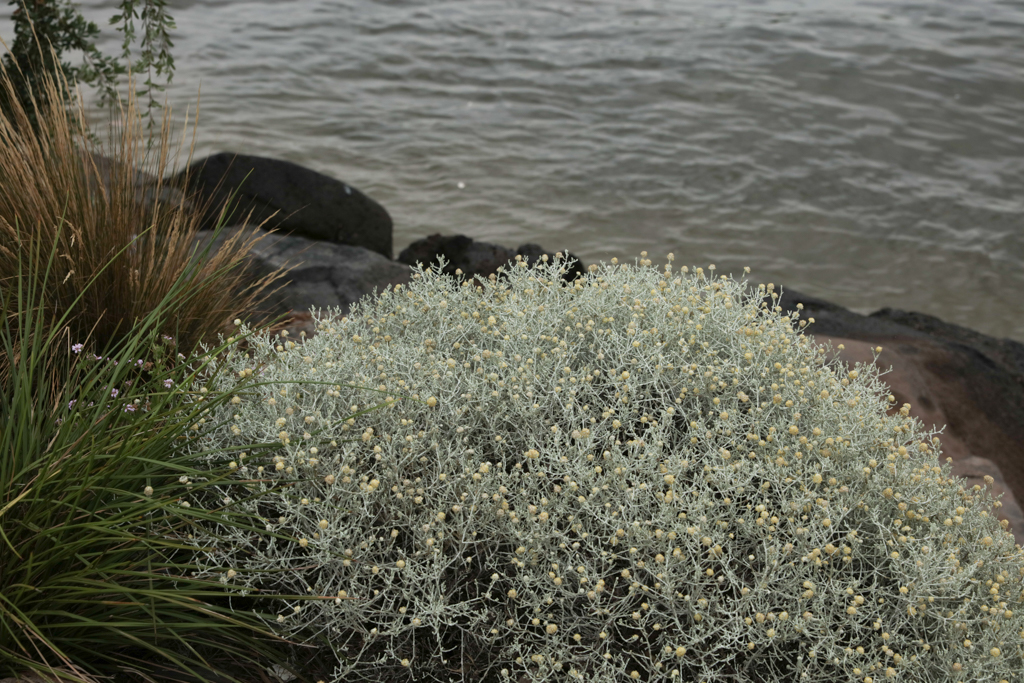
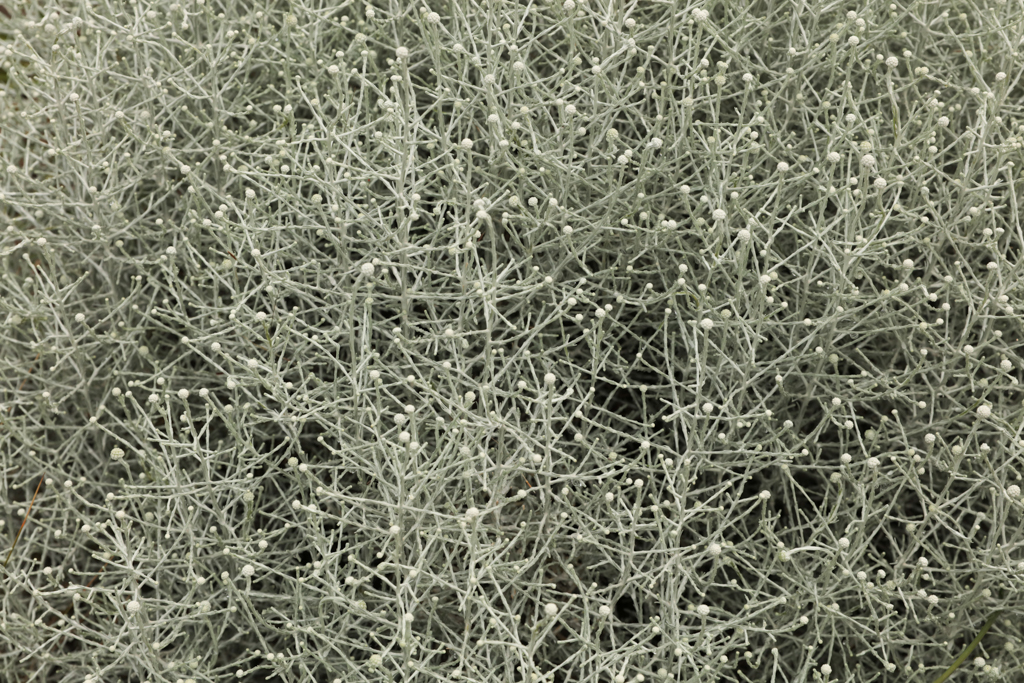
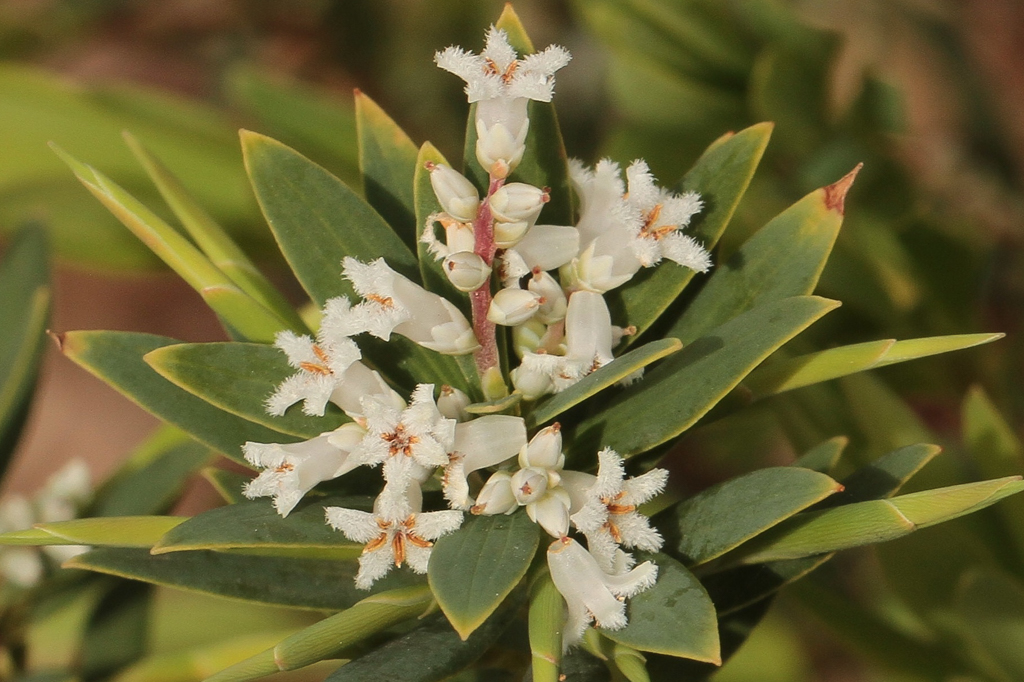
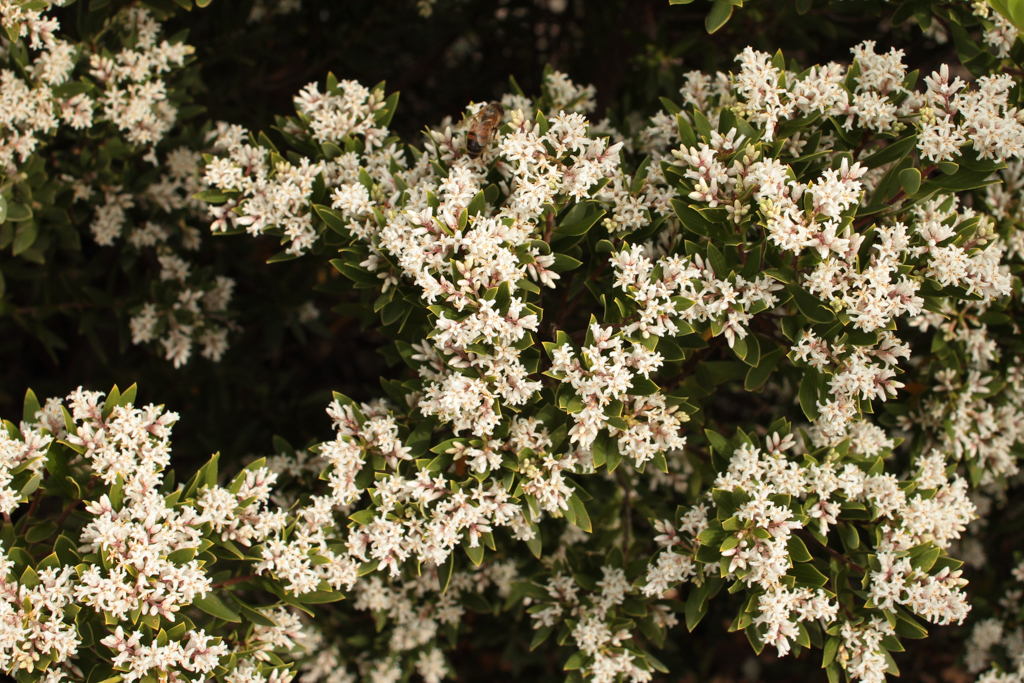
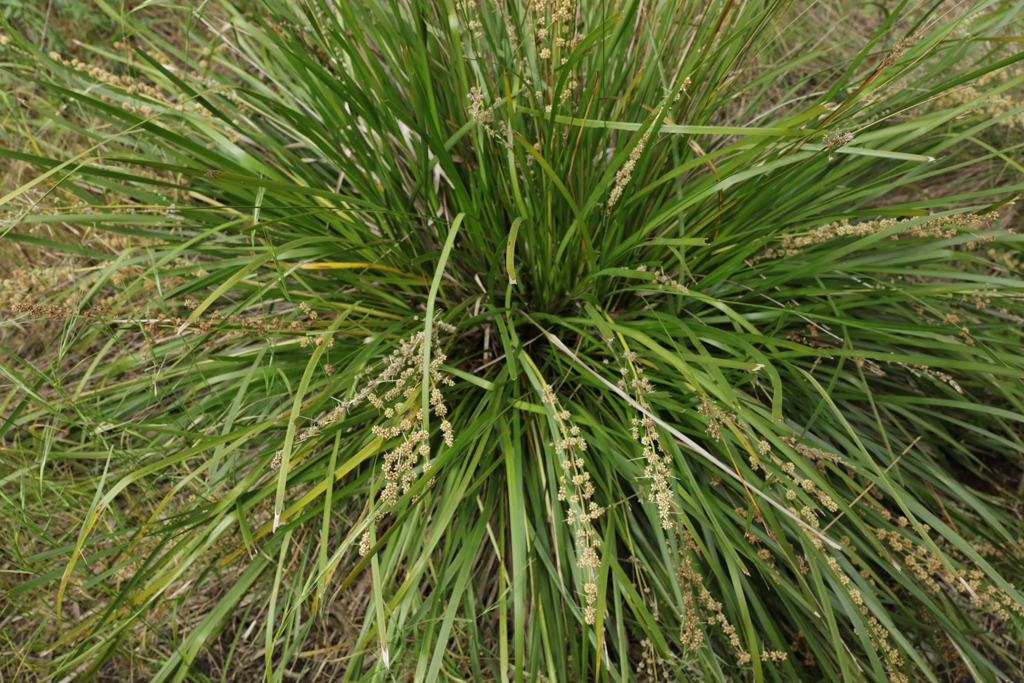
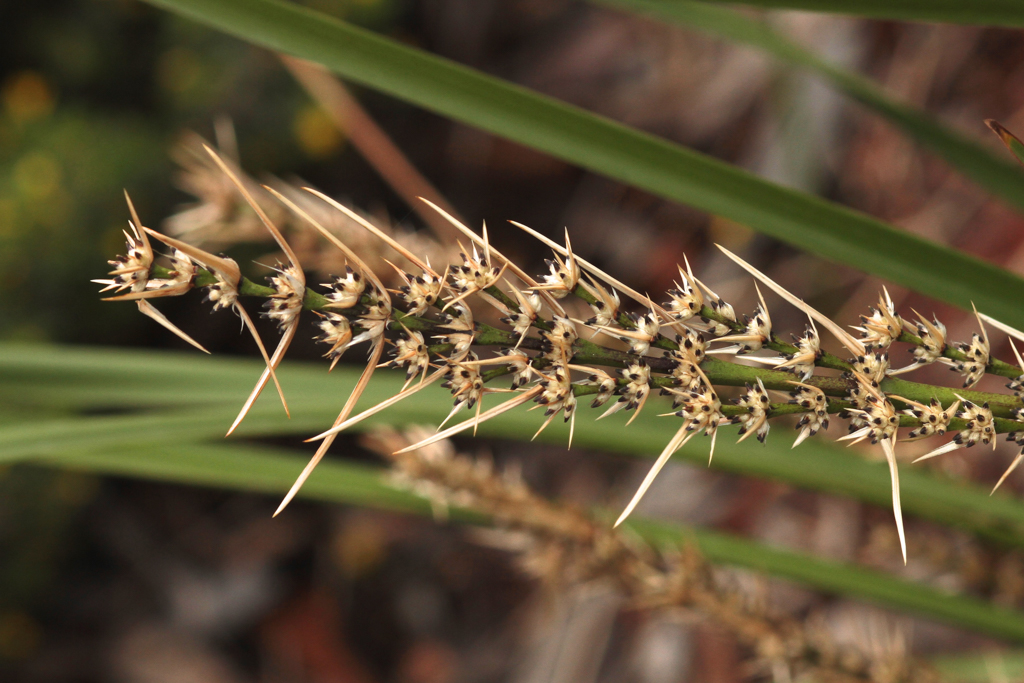
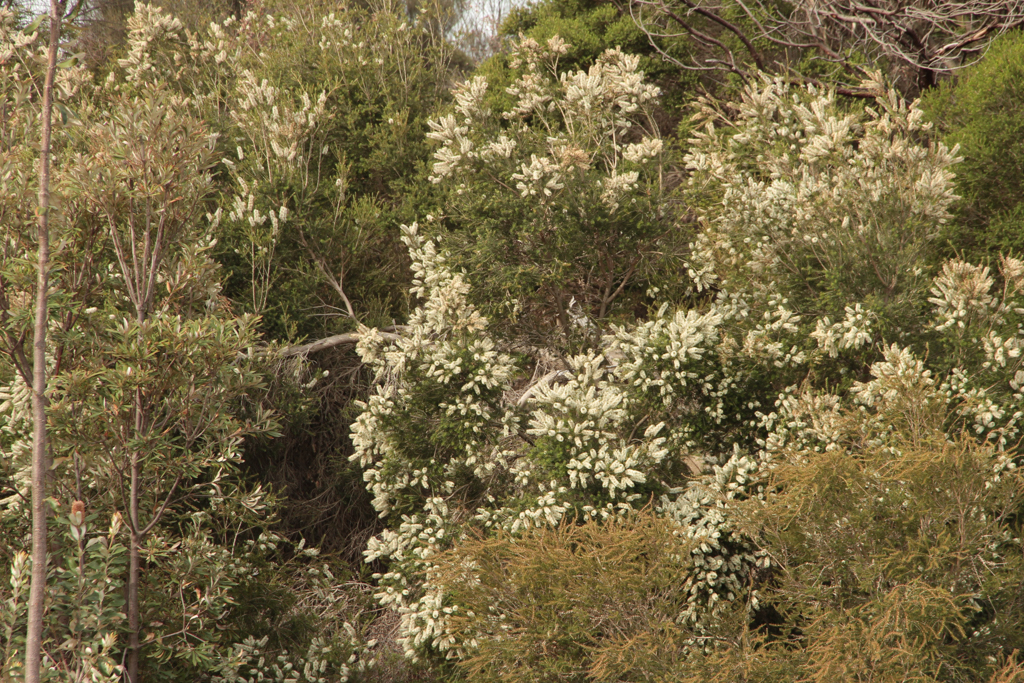
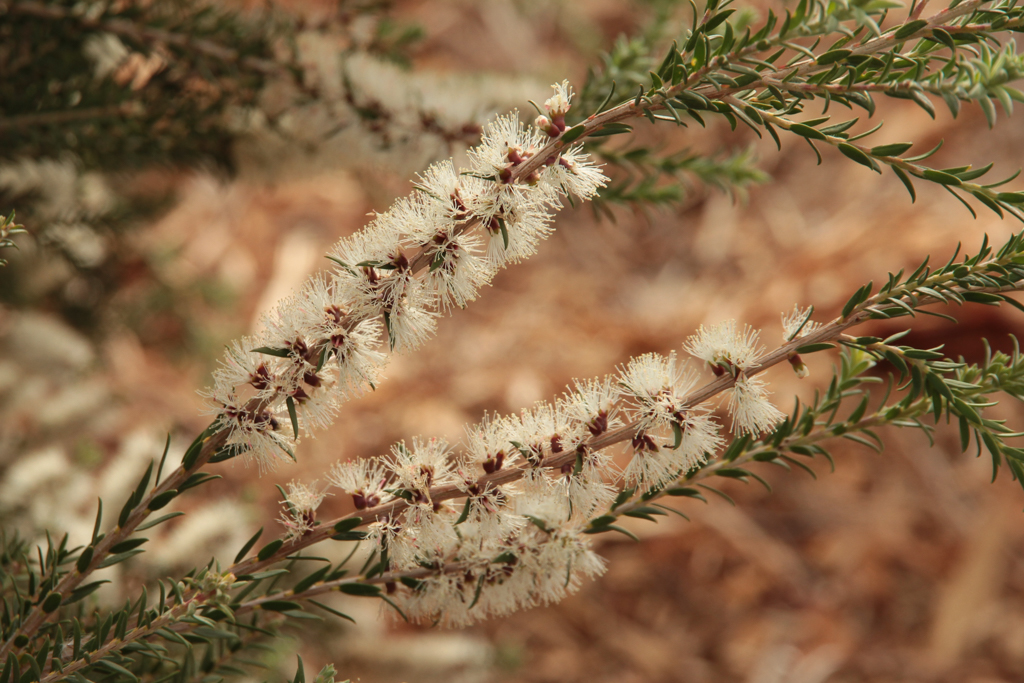
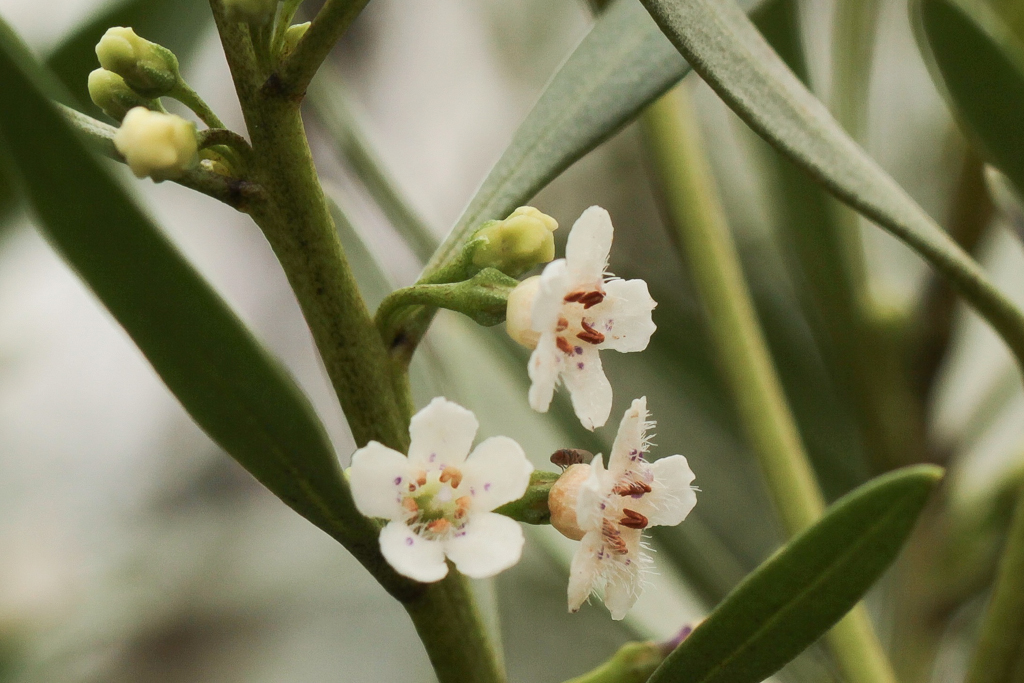
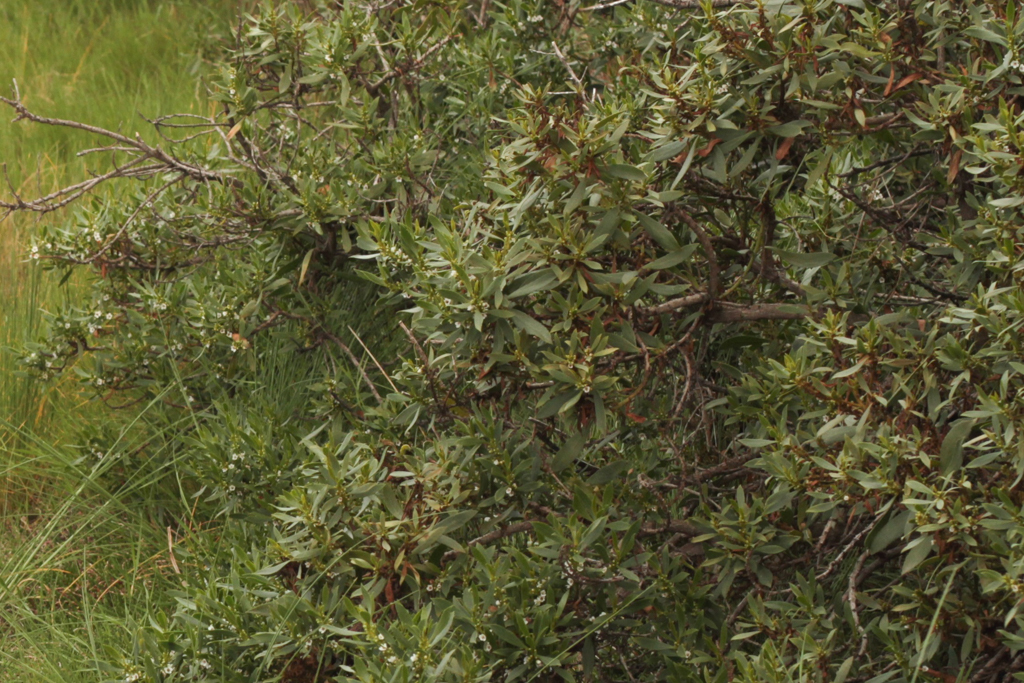
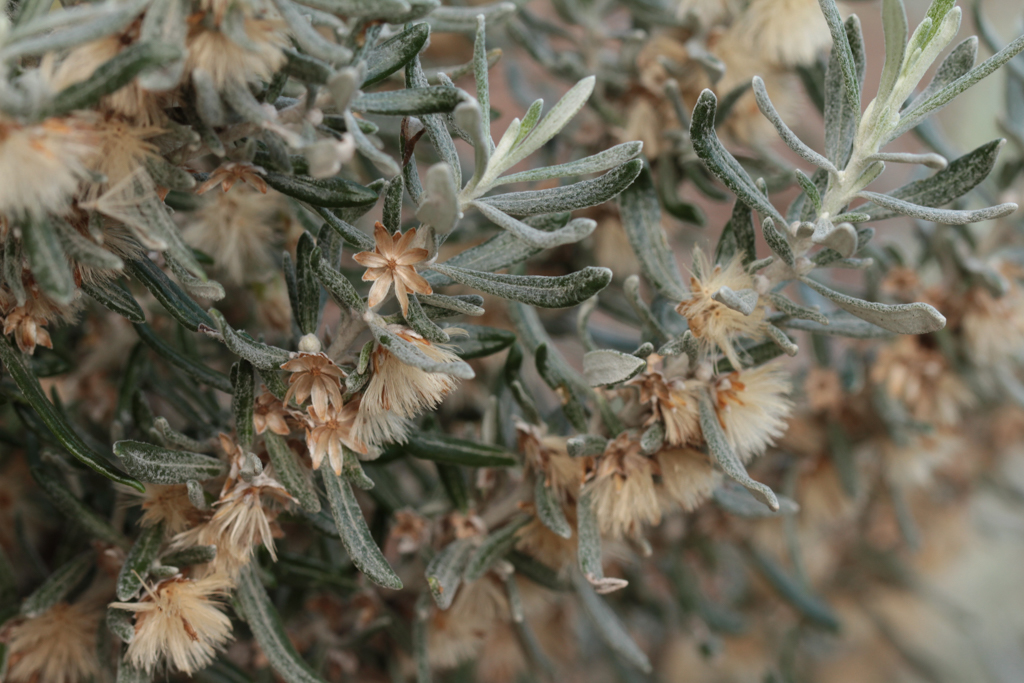

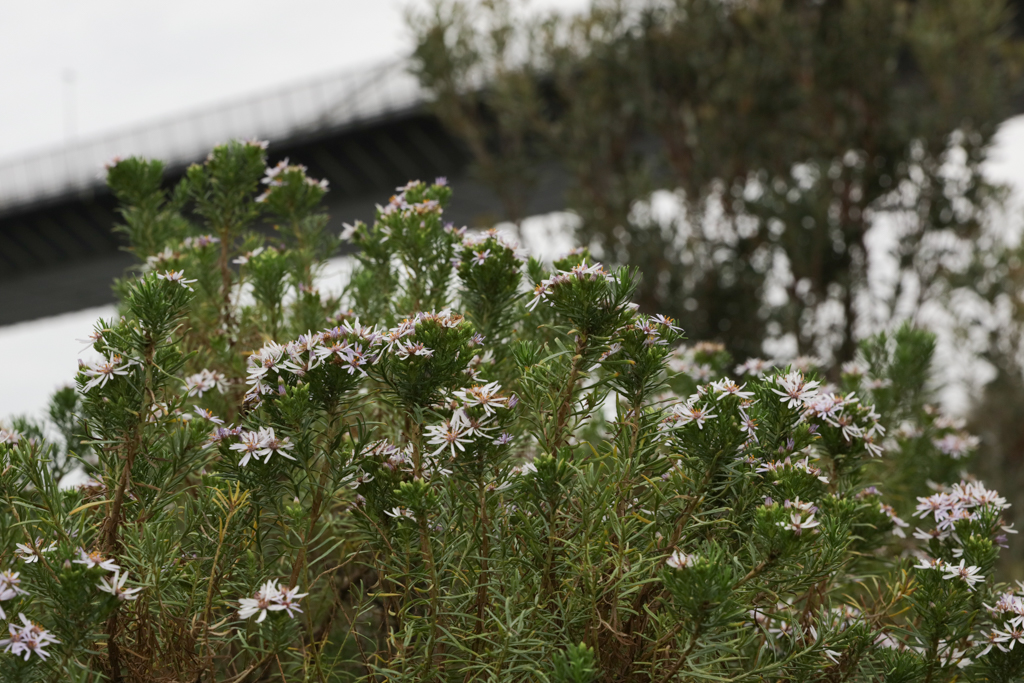
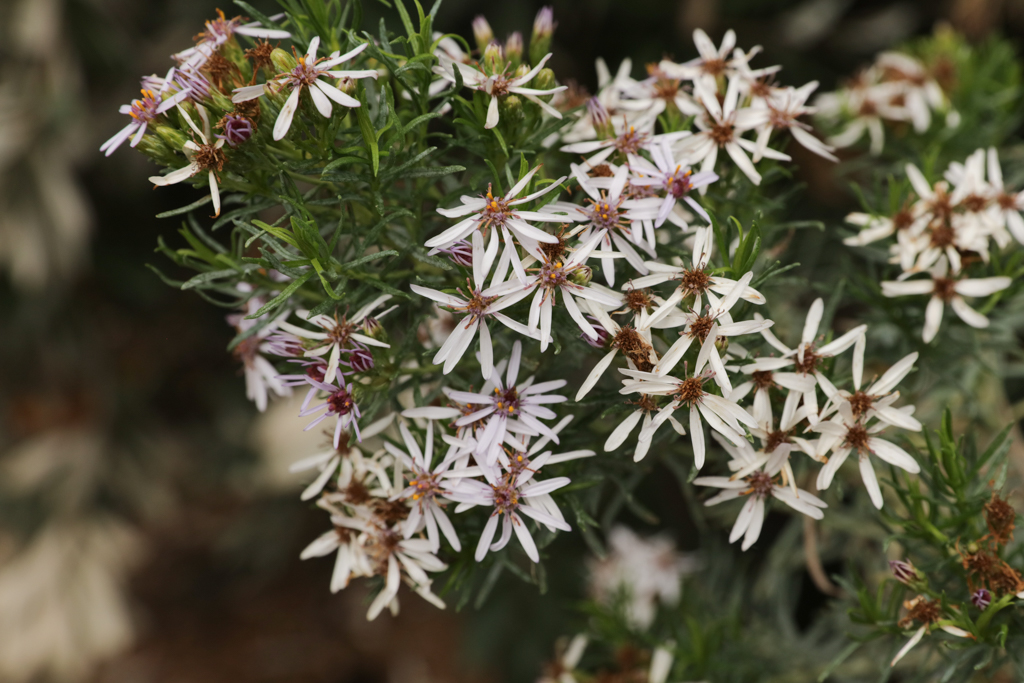
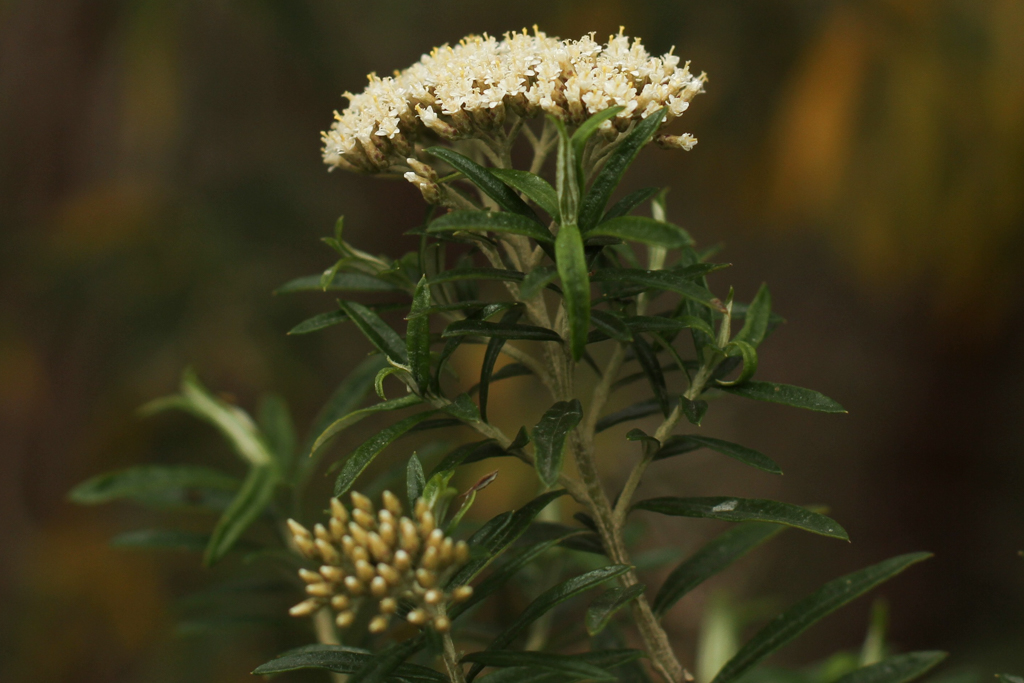
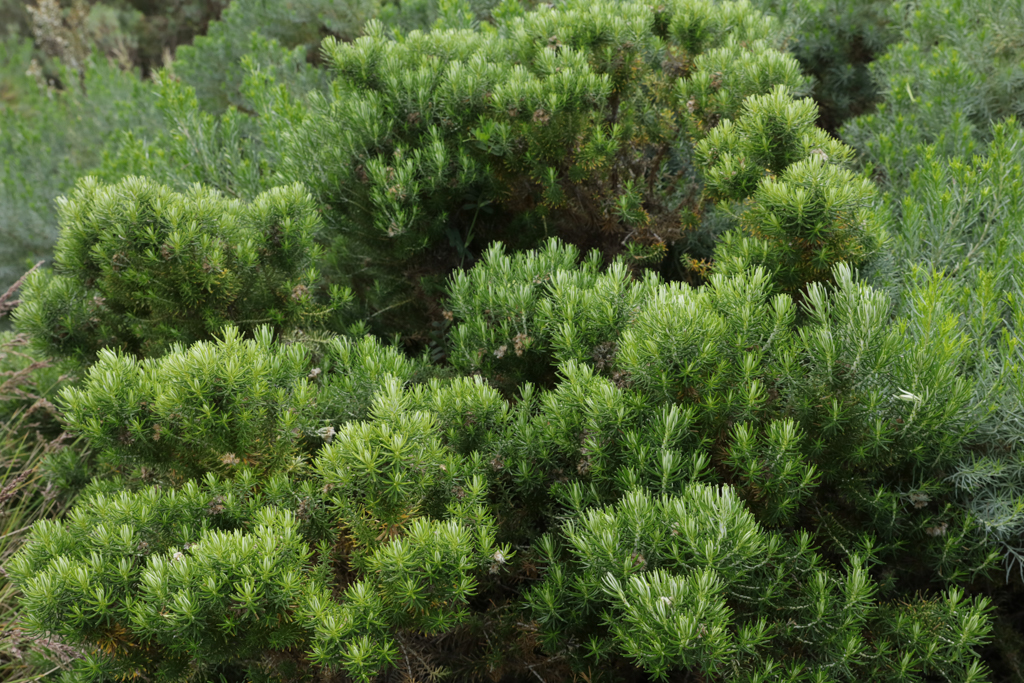
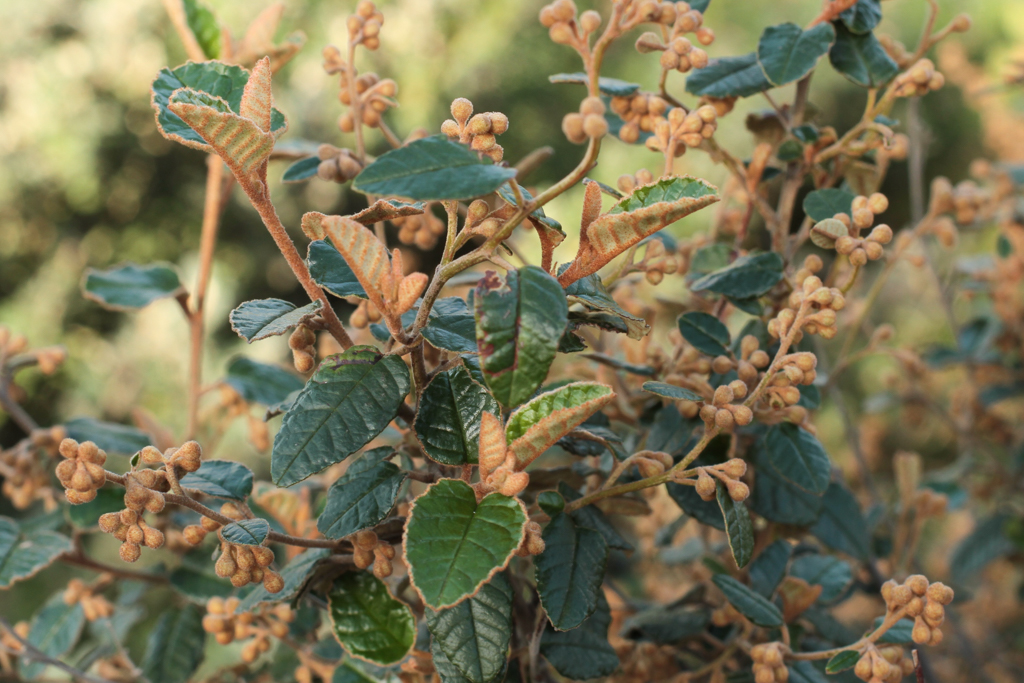
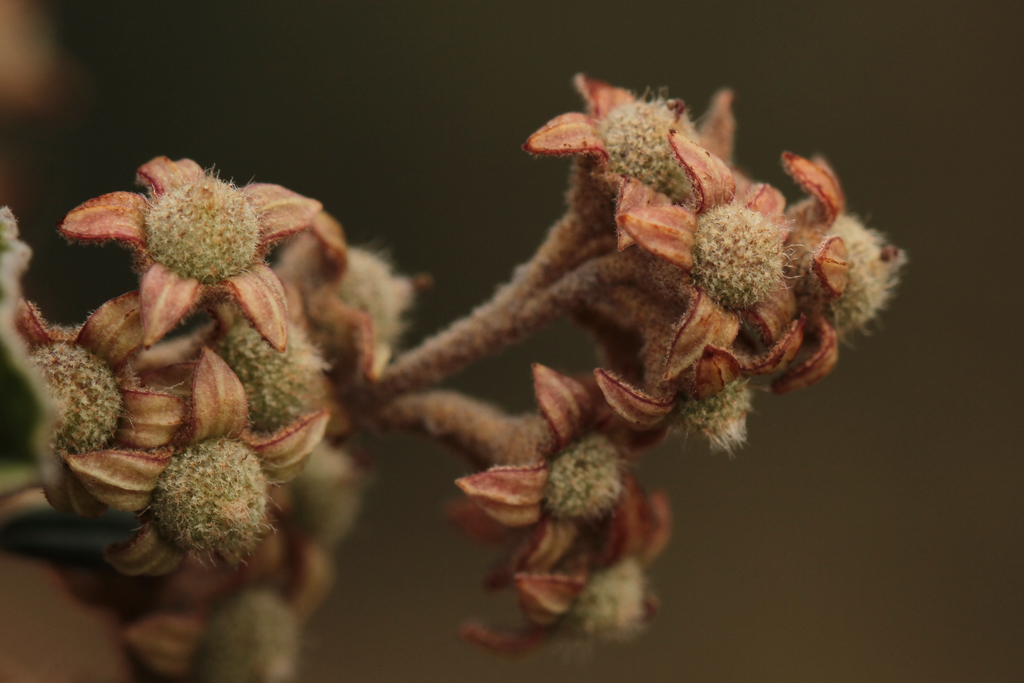

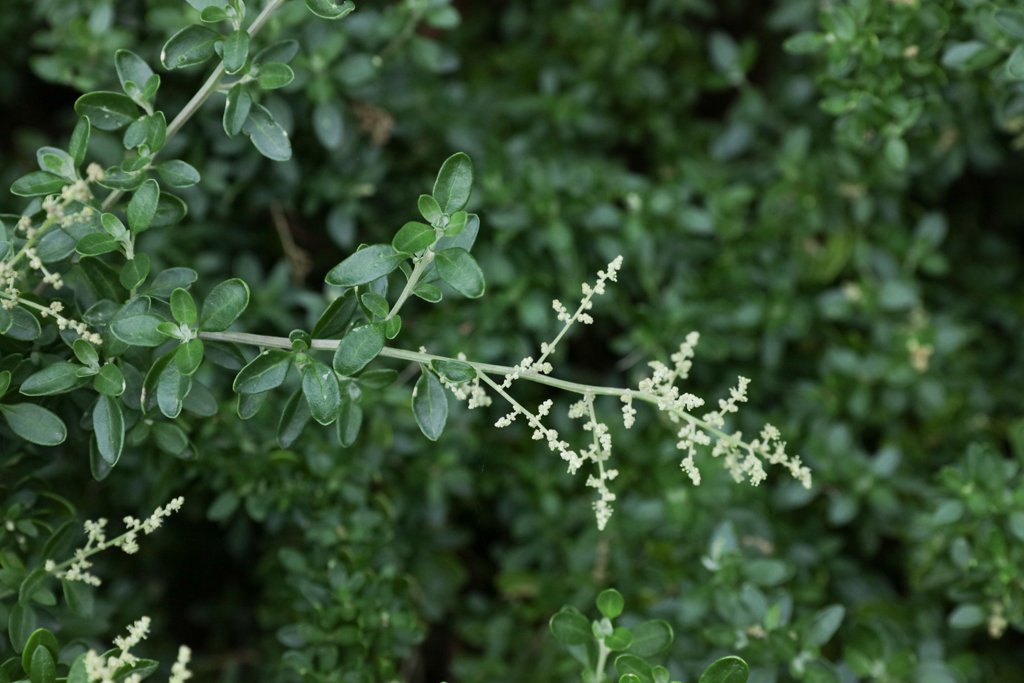
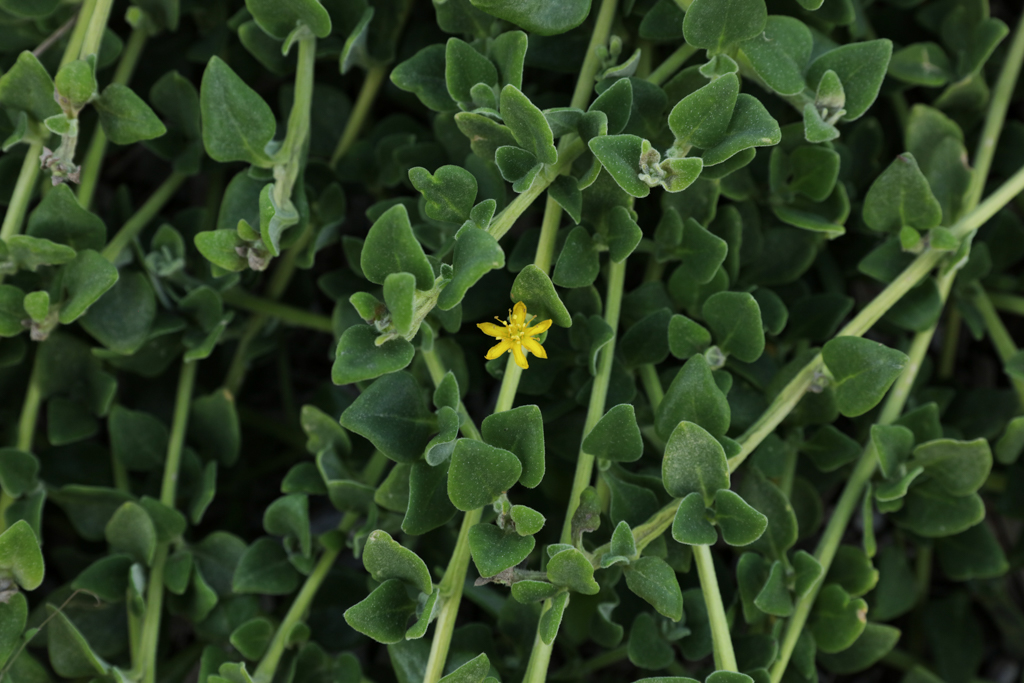
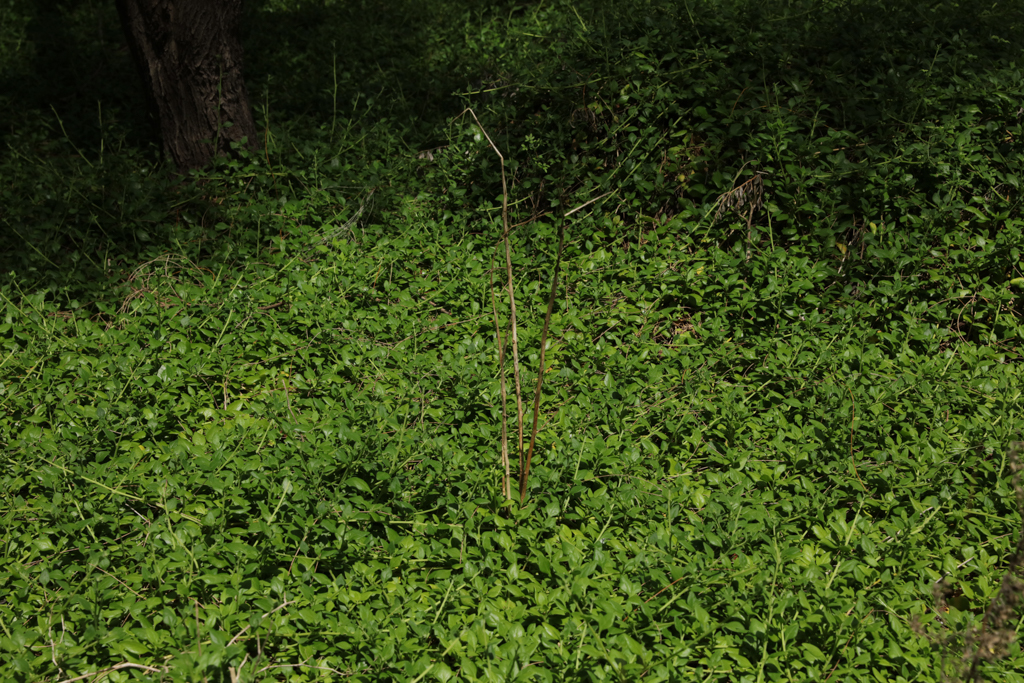
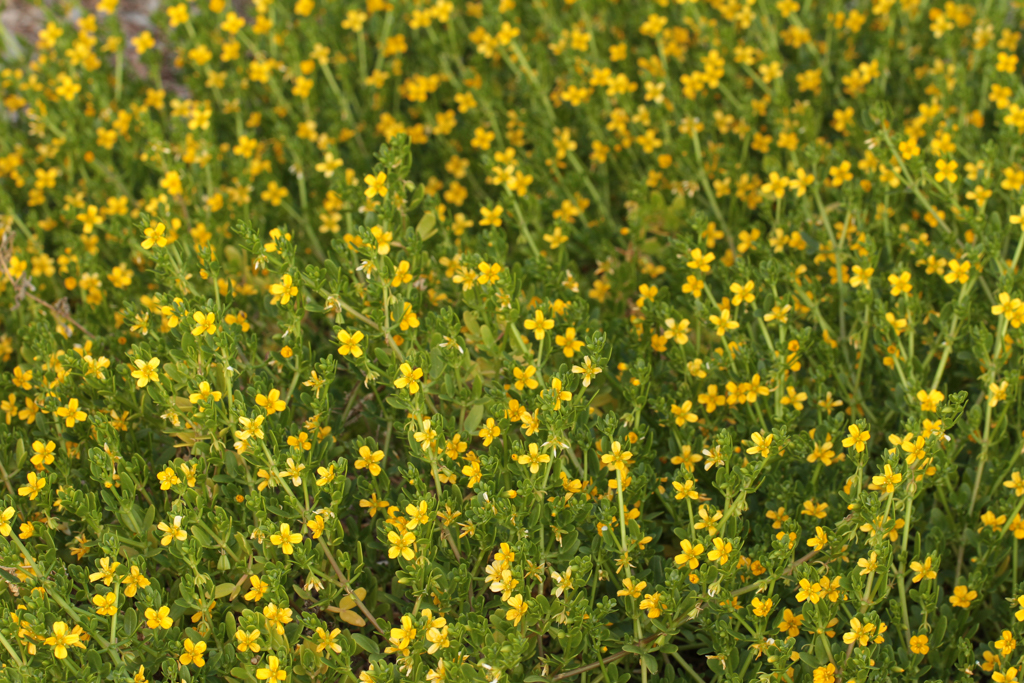
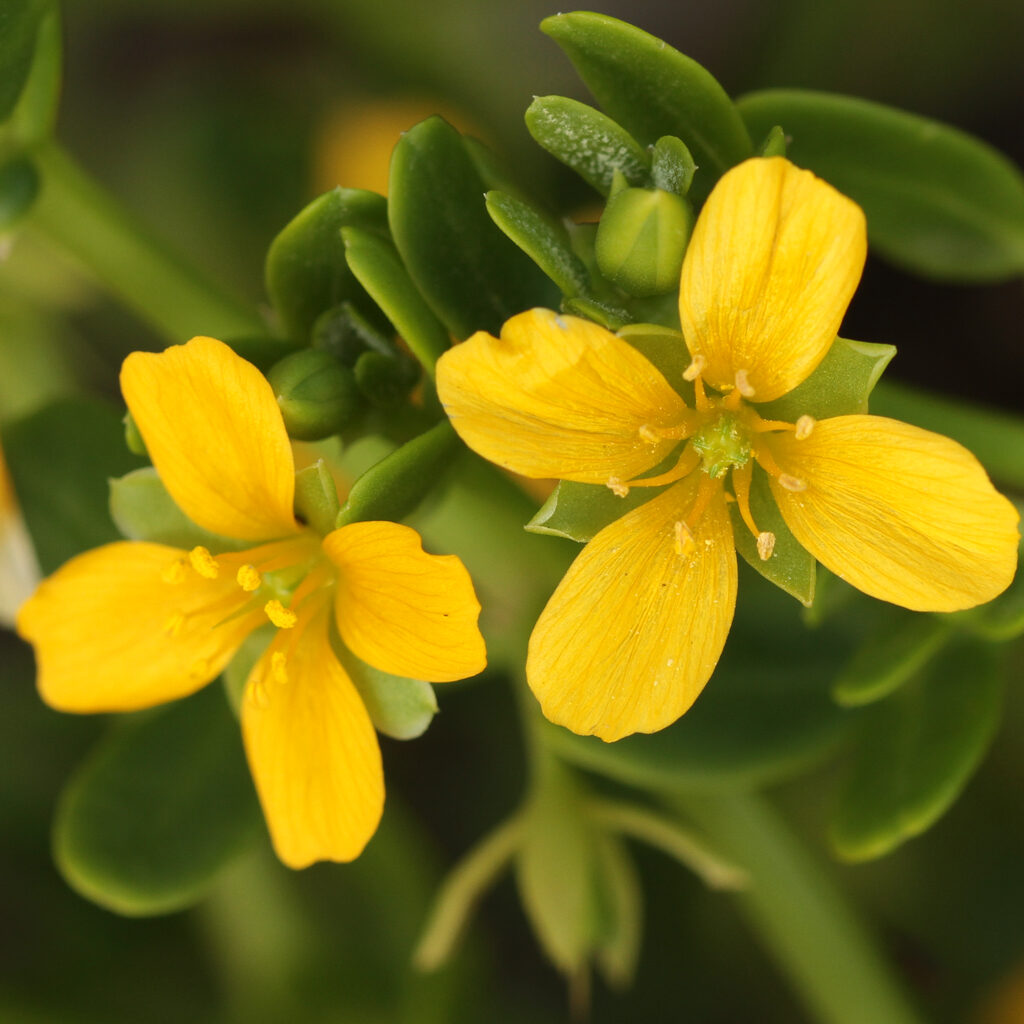
Nature-Fest on the Birrarung

Join us on the Birrarung River Bank in Westgate Park on Sunday, September 15th, from 10am to 3pm!
As part of Riverfest and presented by the Yarra Riverkeeper Association, this day will be packed with workshops, arts & crafts, guided tours, and kid-friendly activities.
Celebrate nature and the wonderful volunteers and supporters who have helped Westgate Biodiversity restore our beautiful park.
For more details and to get your free tickets, follow the link https://events.humanitix.com/nature-fest-on-the-birrarung
Please also share our event with anyone you think would enjoy coming along, and follow us on Instagram or Facebook to receive event news and updates.
Hope to see you there!

Acacia time
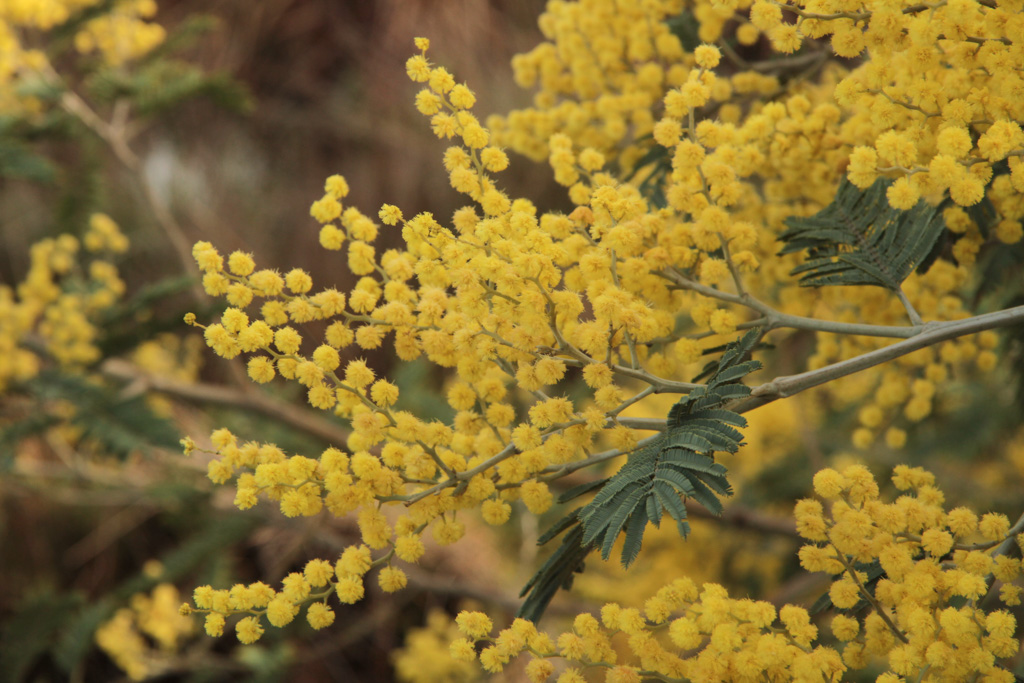
The indigenous Acacias in Westgate Park are looking spectacular and it will be a bumper season for flowers, pollen and seeds.
At Bili Nursery we propagate 13 species of Acacia; everything from tall forest trees to low shrubs. There is no indigenous genus in Victoria that is more diverse, more showy, more important to fauna or hardier than wattles.

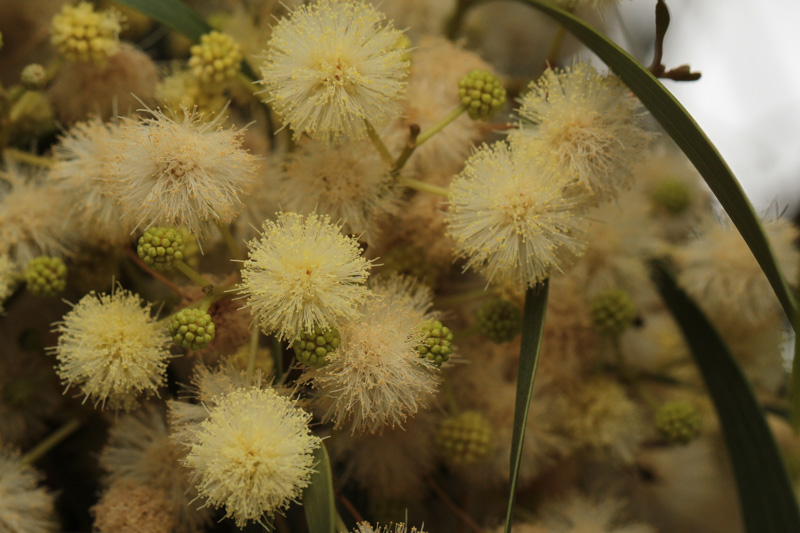
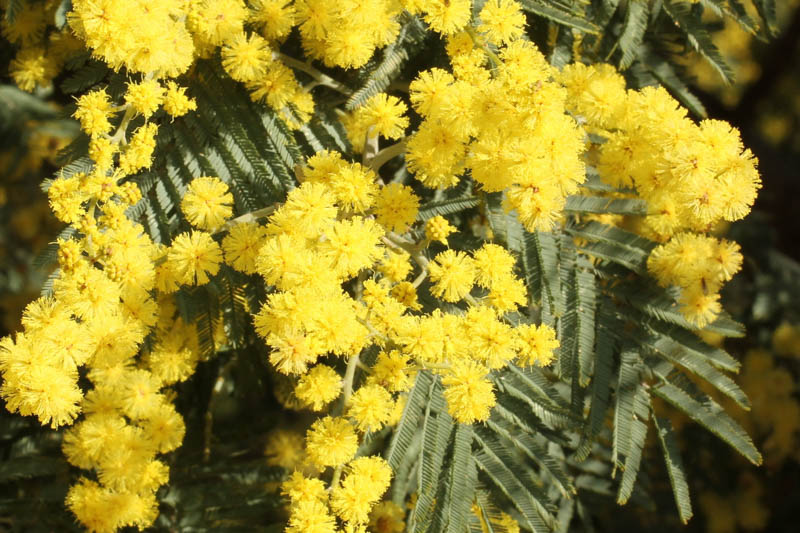

Now is the wake-up time for insects ready to feast on Acacia’s pollen and new growth, kicking off the food-chain that sustains birds, native bees, microbats, skinks and so much more.
Interesting facts:
- Acacia flowers produce pollen but not nectar. That said, the phyllode glands do secrete a sugary substance and ants, bees, butterflies and other insects have been observed feeding on these secretions.
- Pollen is the microscopic grain produced by the male parts of the plant when it flowers. For Acacia flowers the pollen is relatively heavy (compared to grasses) and needs to be carried to the female parts of the plant to reproduce so it is unlikely to be responsible hayfever. See here for more on this.
1 July bird survey

Despite the cold and very recent rain, the survey produced gratifying results. Especially pleasing were the numbers of small birds: Red-browed Finches seem to be increasing in number; Golden Whistlers have been present for some months now; Eastern Spinebills have returned; and as usual Spiny-cheeked Honeyeaters are in the park over winter.
Moreover, raptors seem to be back. Just as rewarding are the reports and photographs, especially those from Ursula Dutkiewicz, for the month of June.
3 June bird survey

Water levels have been slightly raised by recent showers. Whilst the weather for the survey was unprepossessing, the largest group of observers for a long while enjoyed itself greatly.
The highlights were sighting three raptor species, a Pacific Gull, a spectacular flight of 50 Little Black Cormorants, the frequency of Spotted Pardalotes and the continued good health of the latest batch of six cygnets living with their parents on the freshwater lake.
The frequency of sightings of Brown Goshawks including one in flight today, could well be they are attracted by the high numbers of bush birds present within the park, especially honeyeaters and lorikeets.
Microbat in box!
On our walk last Sunday, we were delighted to discover, we think, a Gould’s Wattled Bat (male) in one of our nest boxes. This microbat is larger and more common than most.
We witnessed microbats in flight across the night sky and our echo meters were flat out with recordings. Conditions were not ideal, however. A full moon means microbats are more visible and therefore vulnerable to being snatched by owls and other nocturnal birds which may explain the absence of smaller microbat species.
If you would like to join us on our next walk in Westgate Park and learn more about microbats and their importance to ecology, let us know here.


